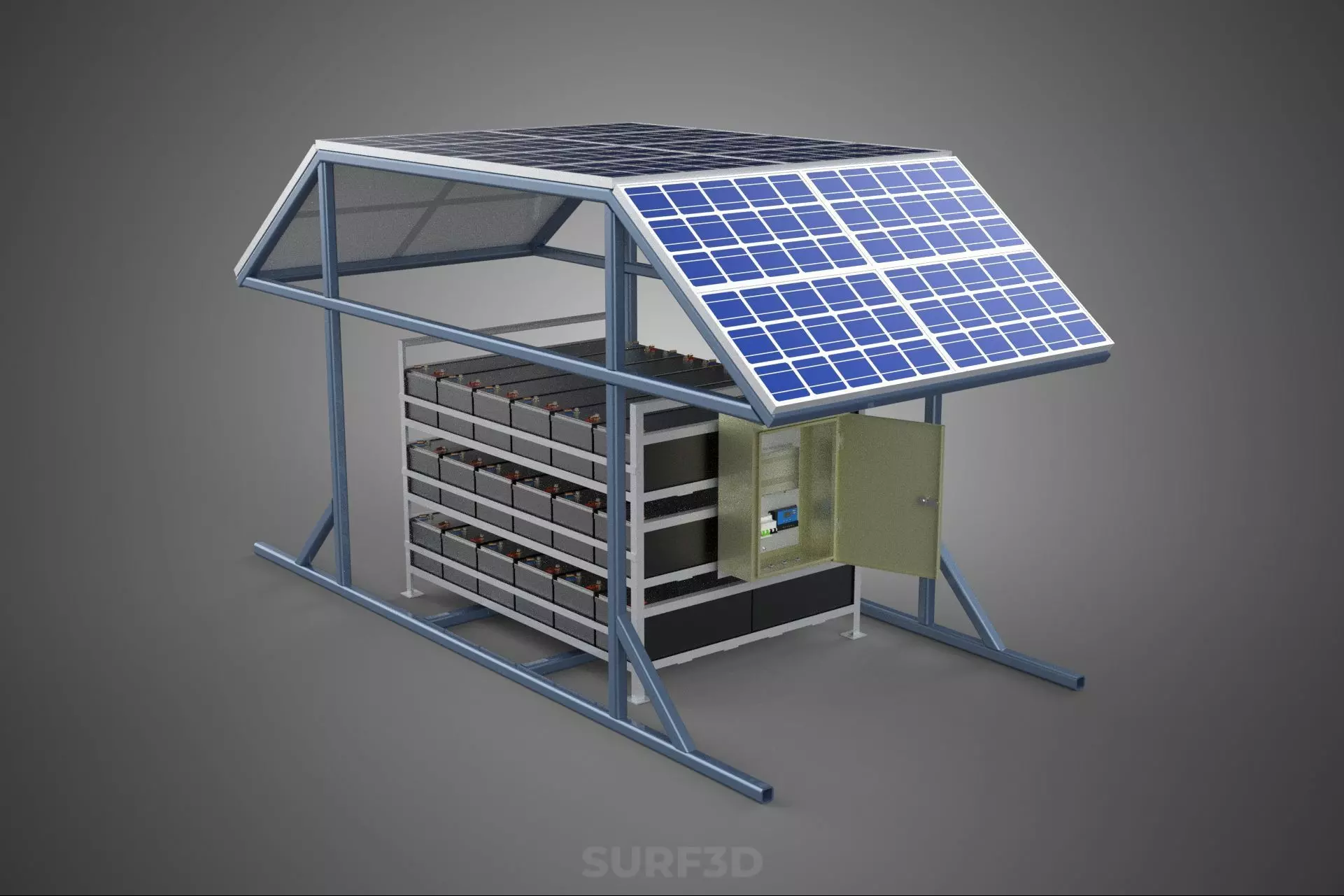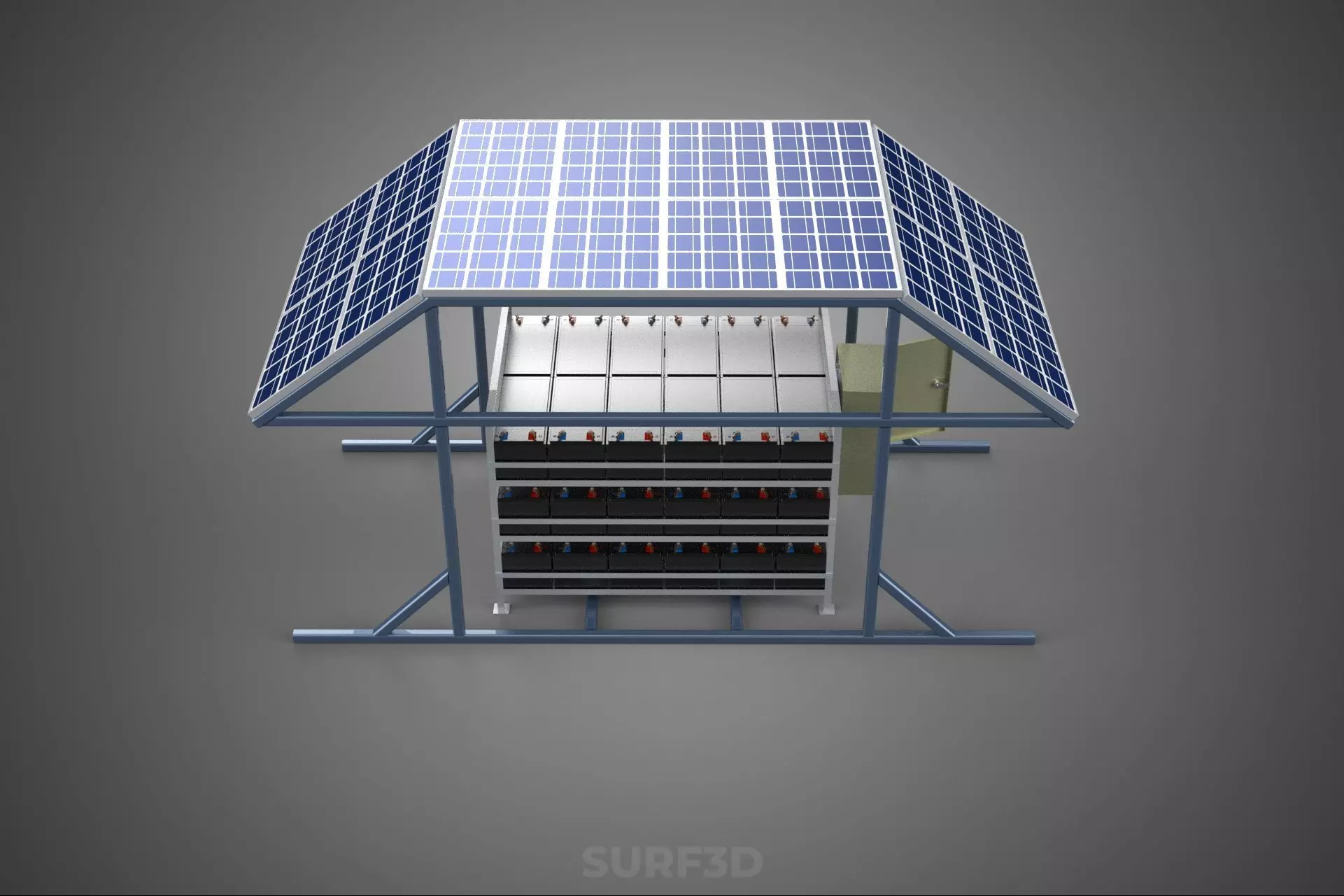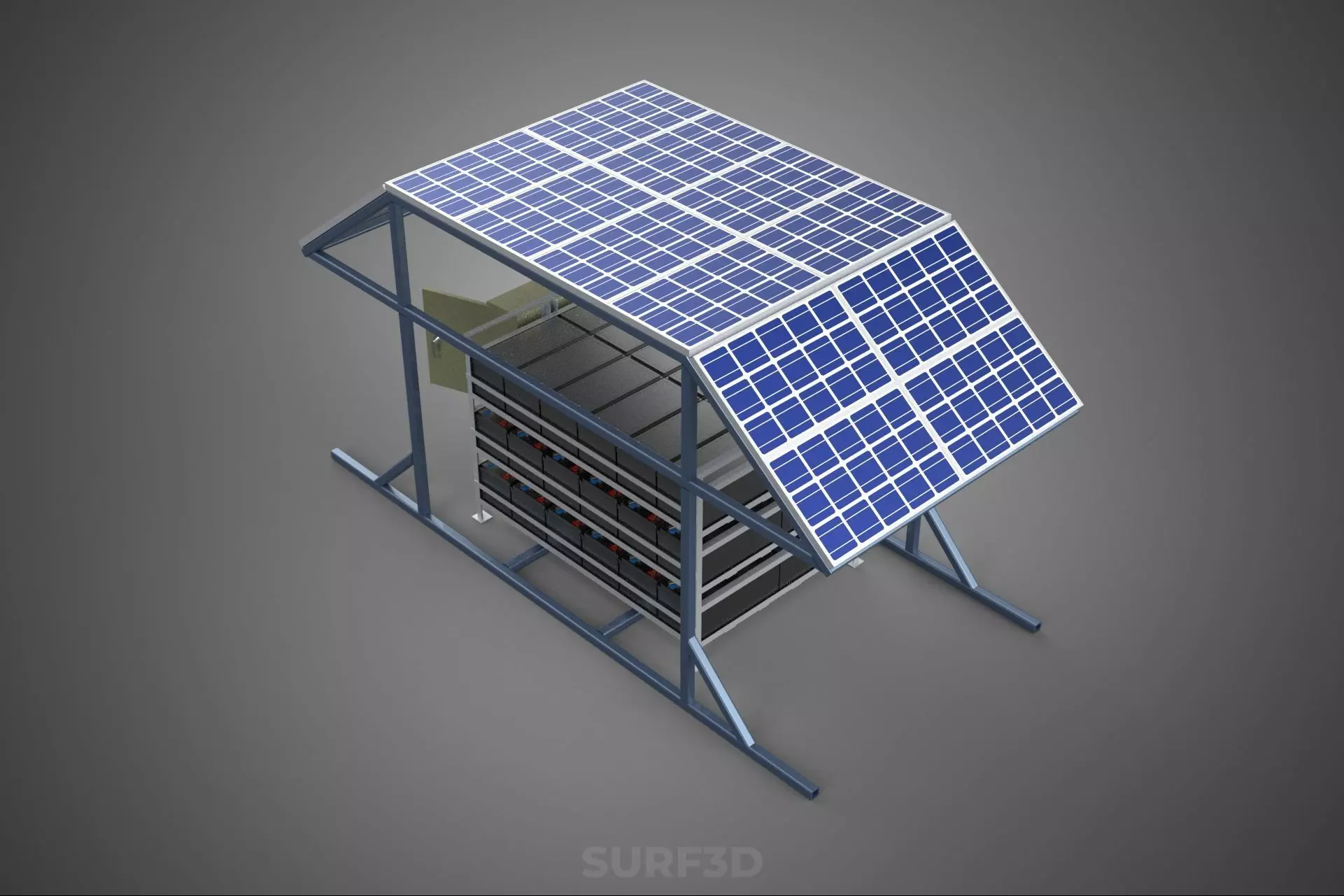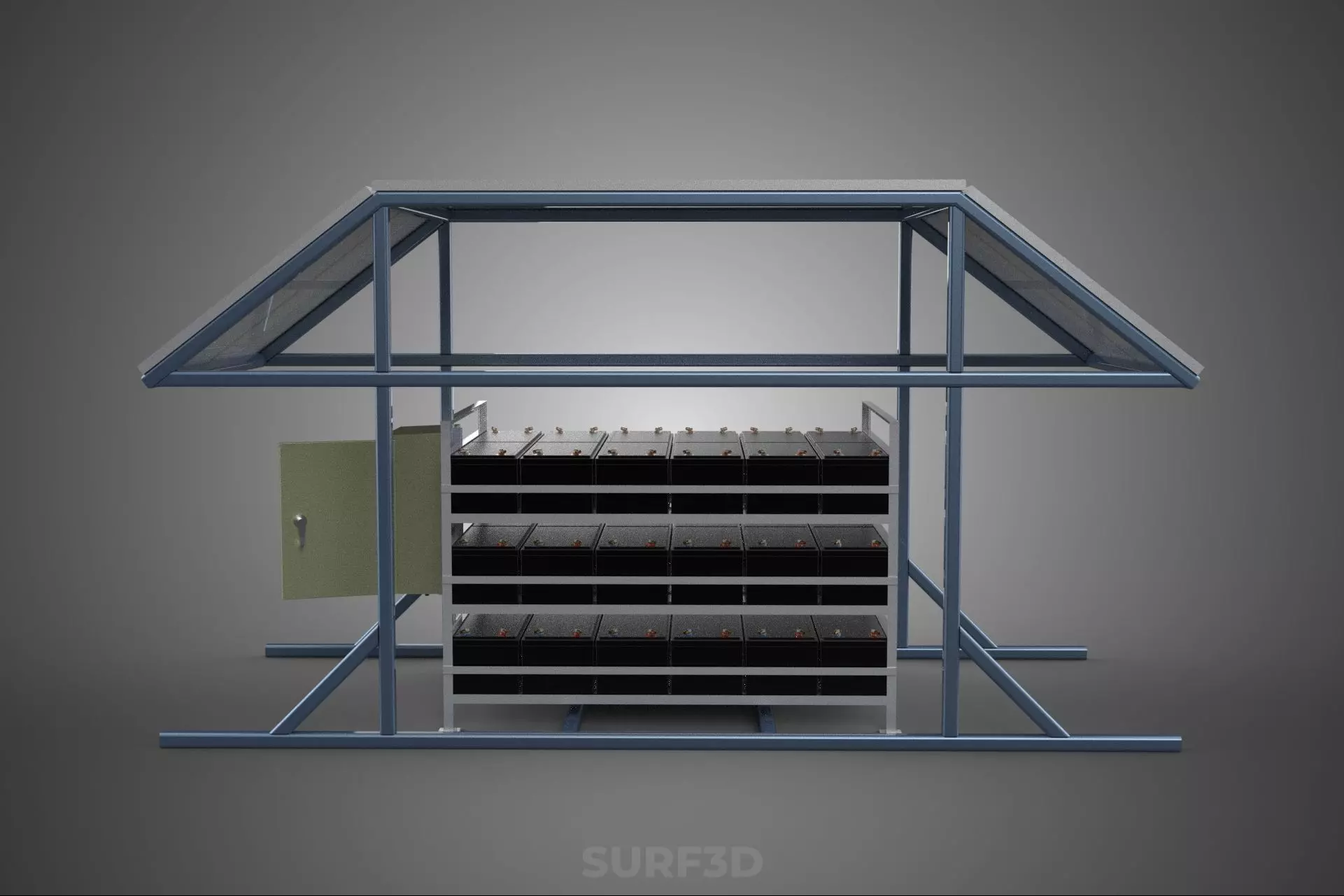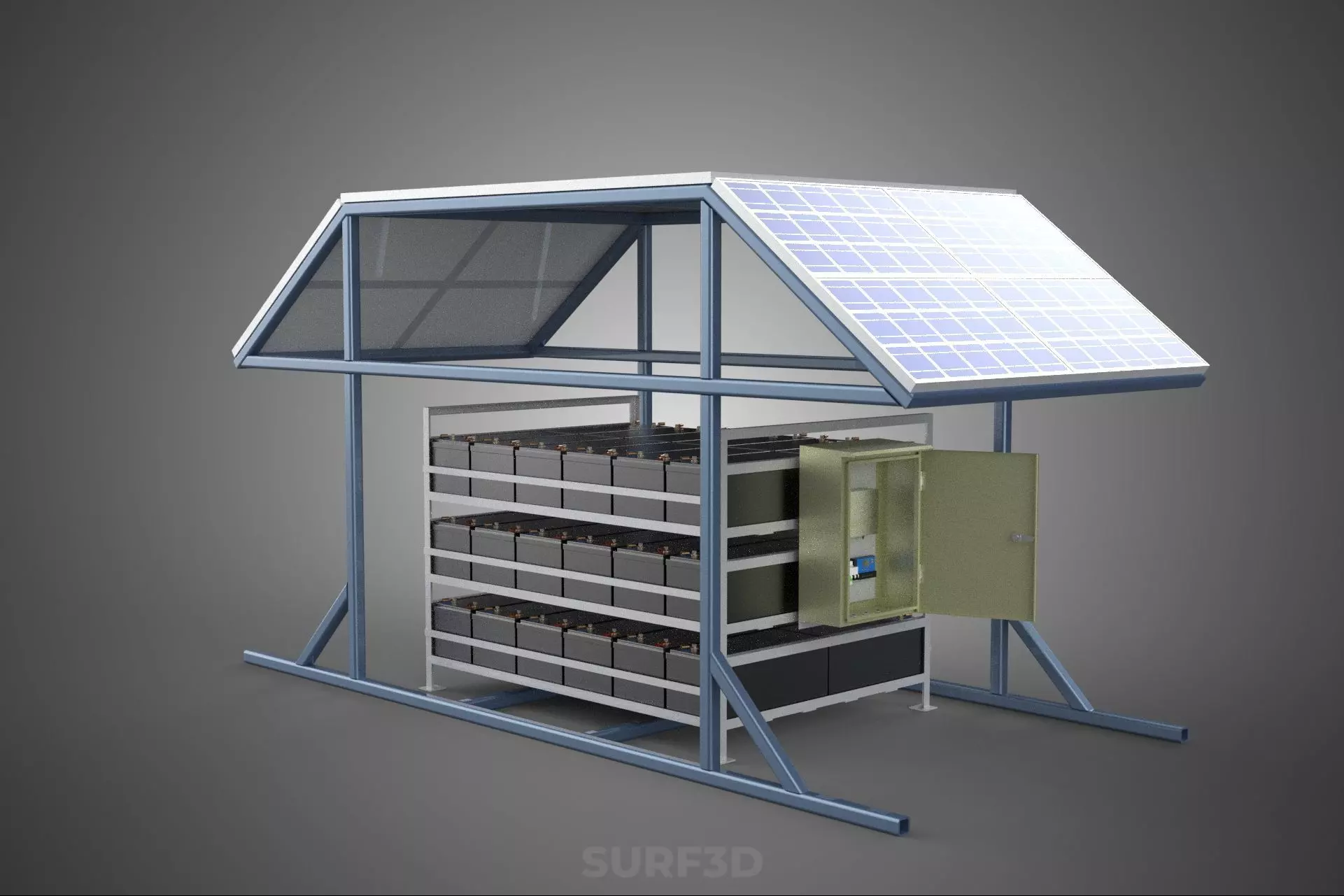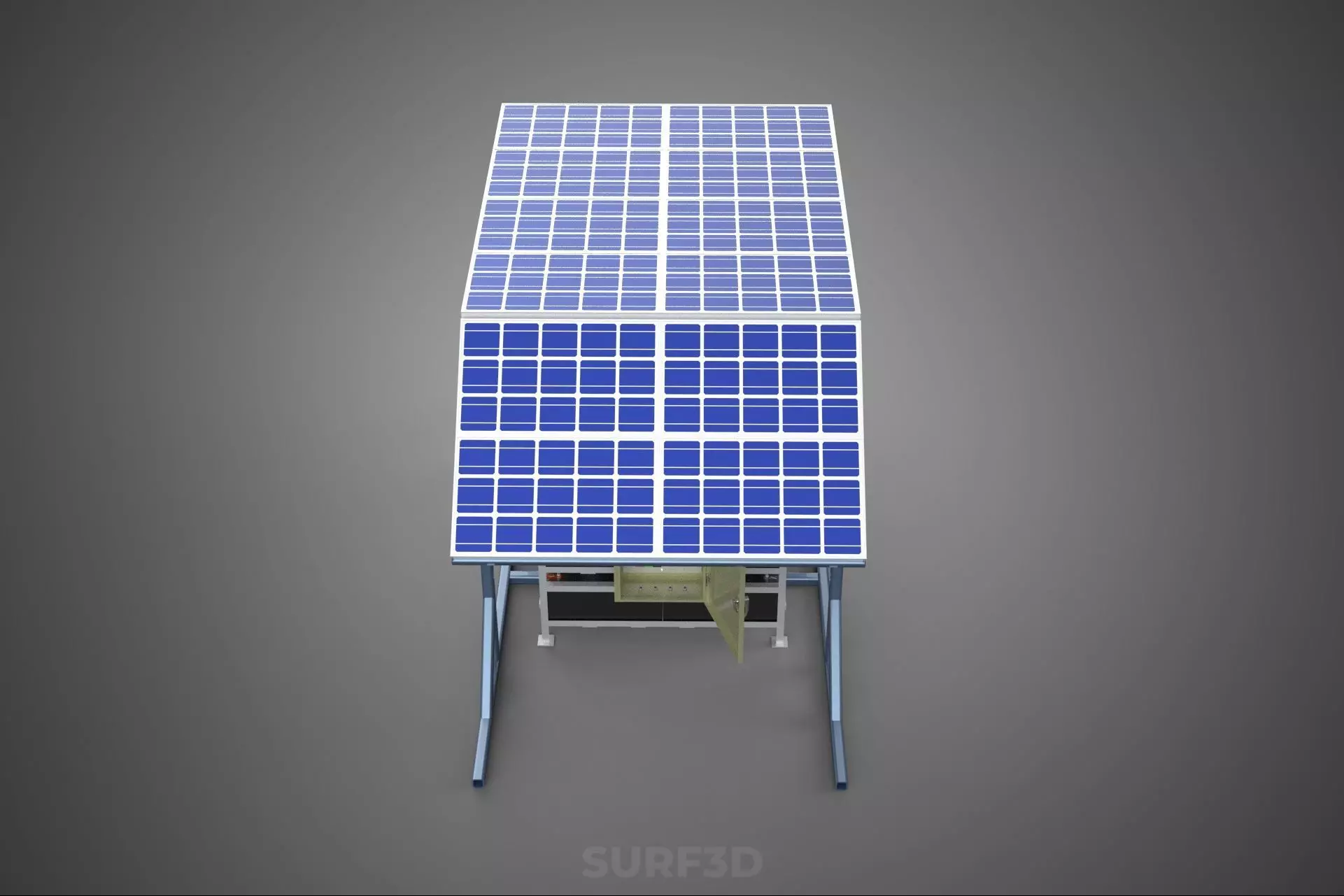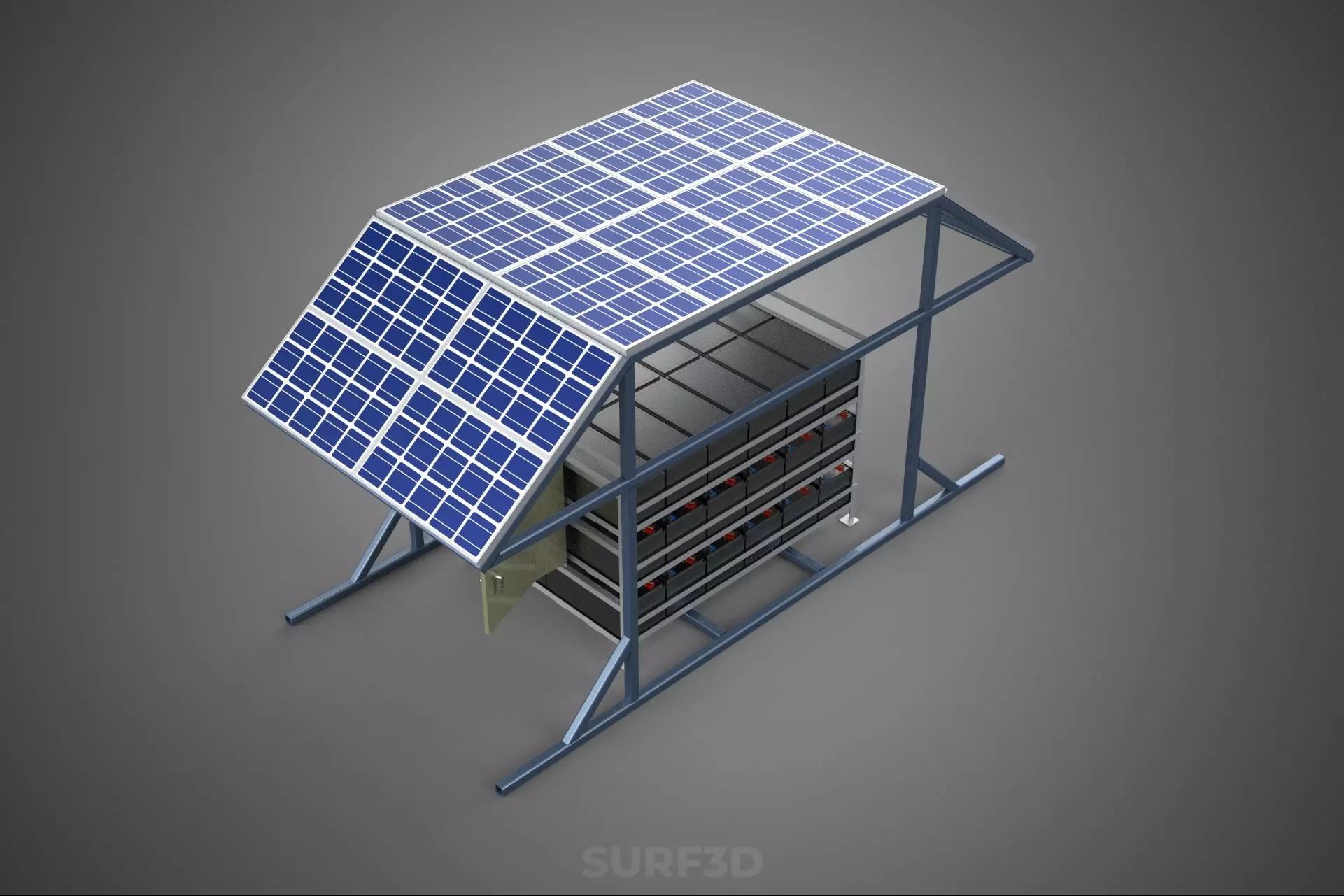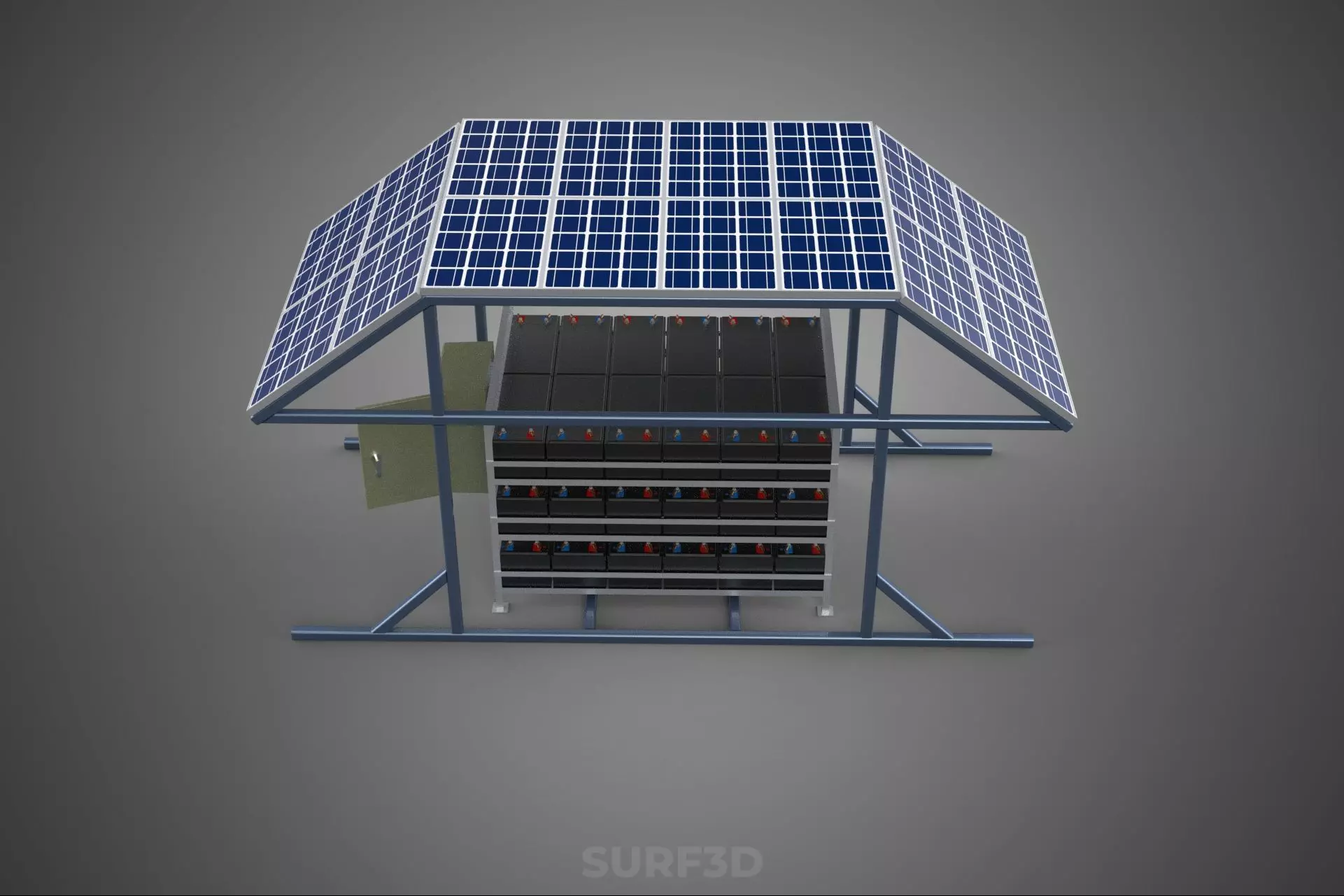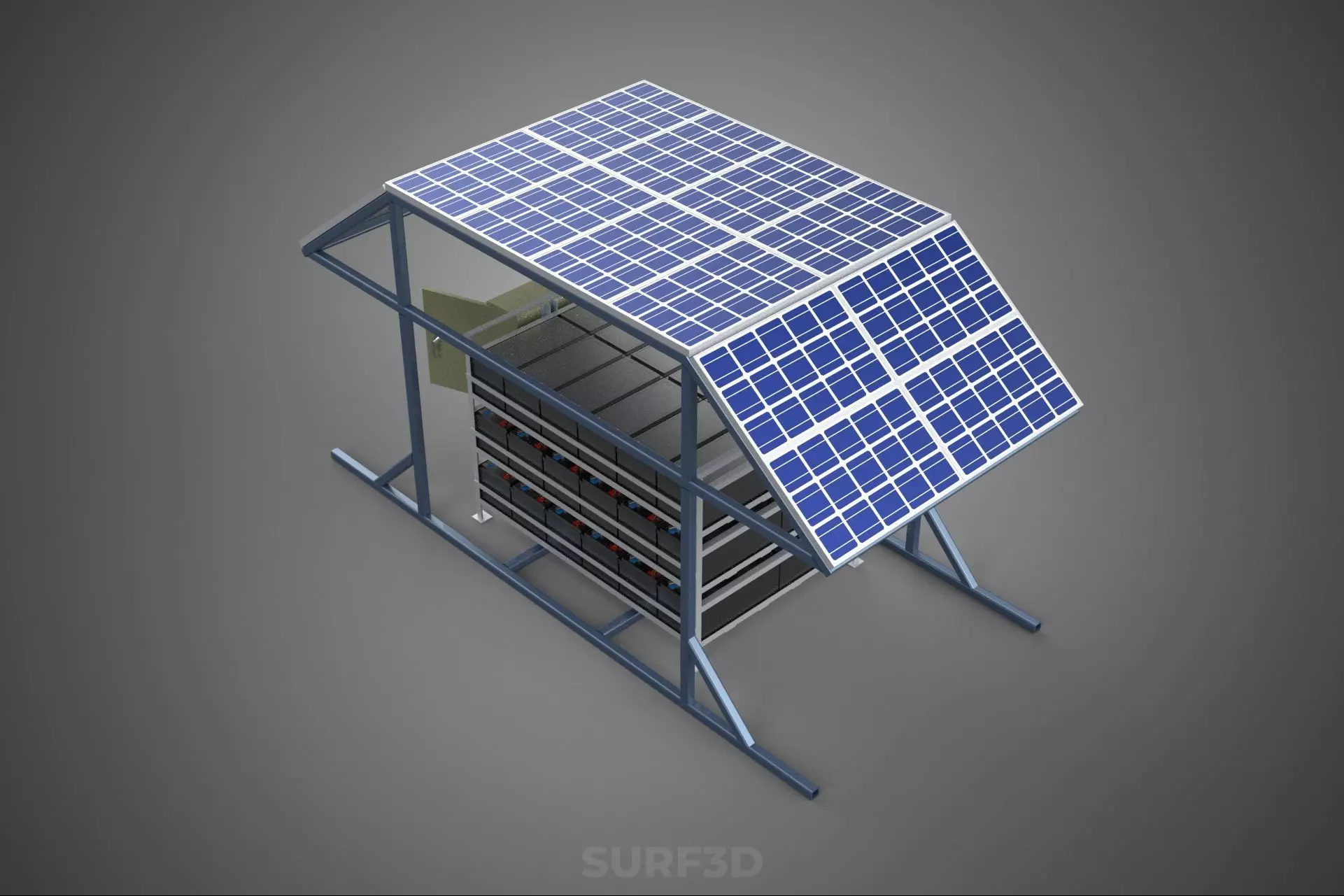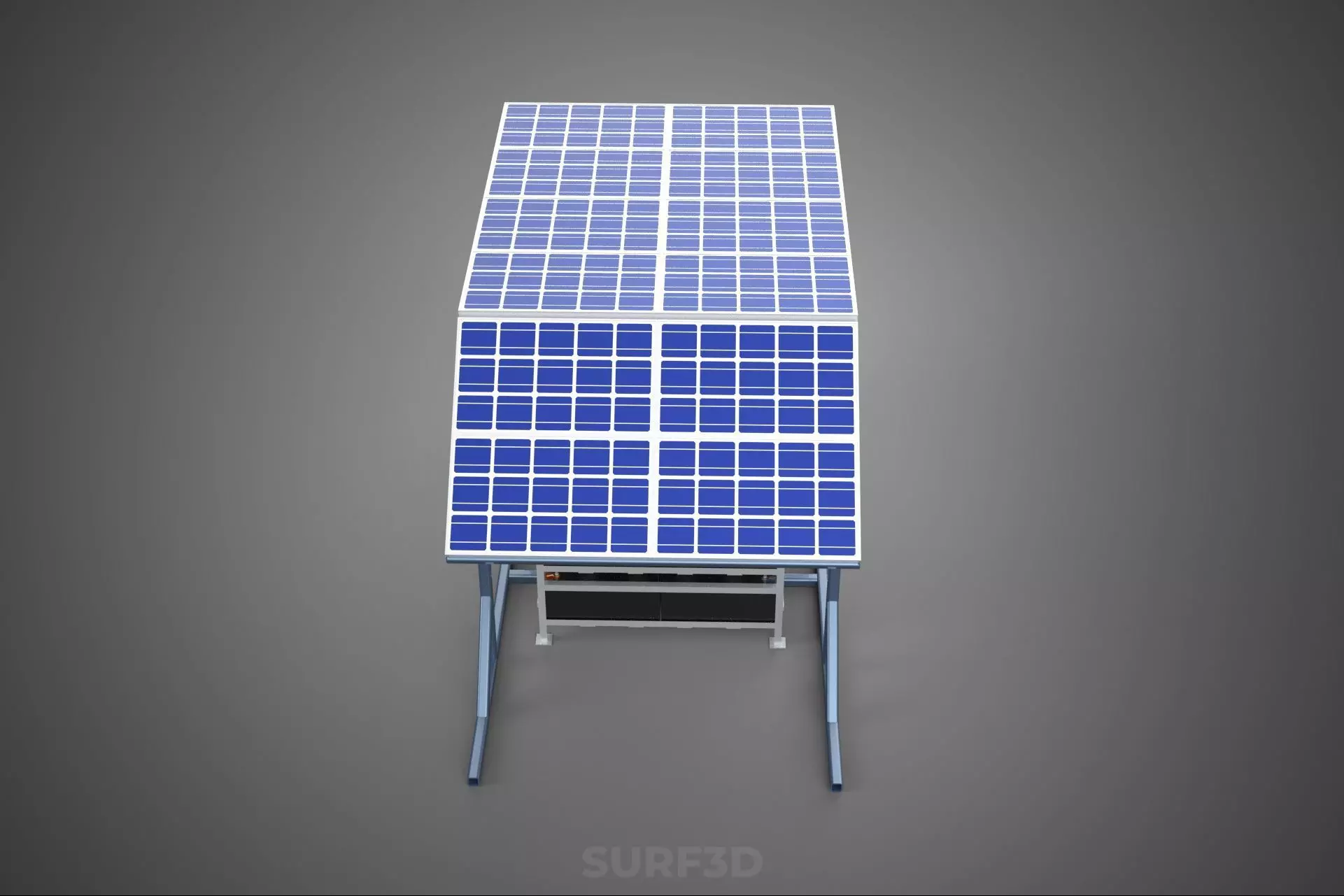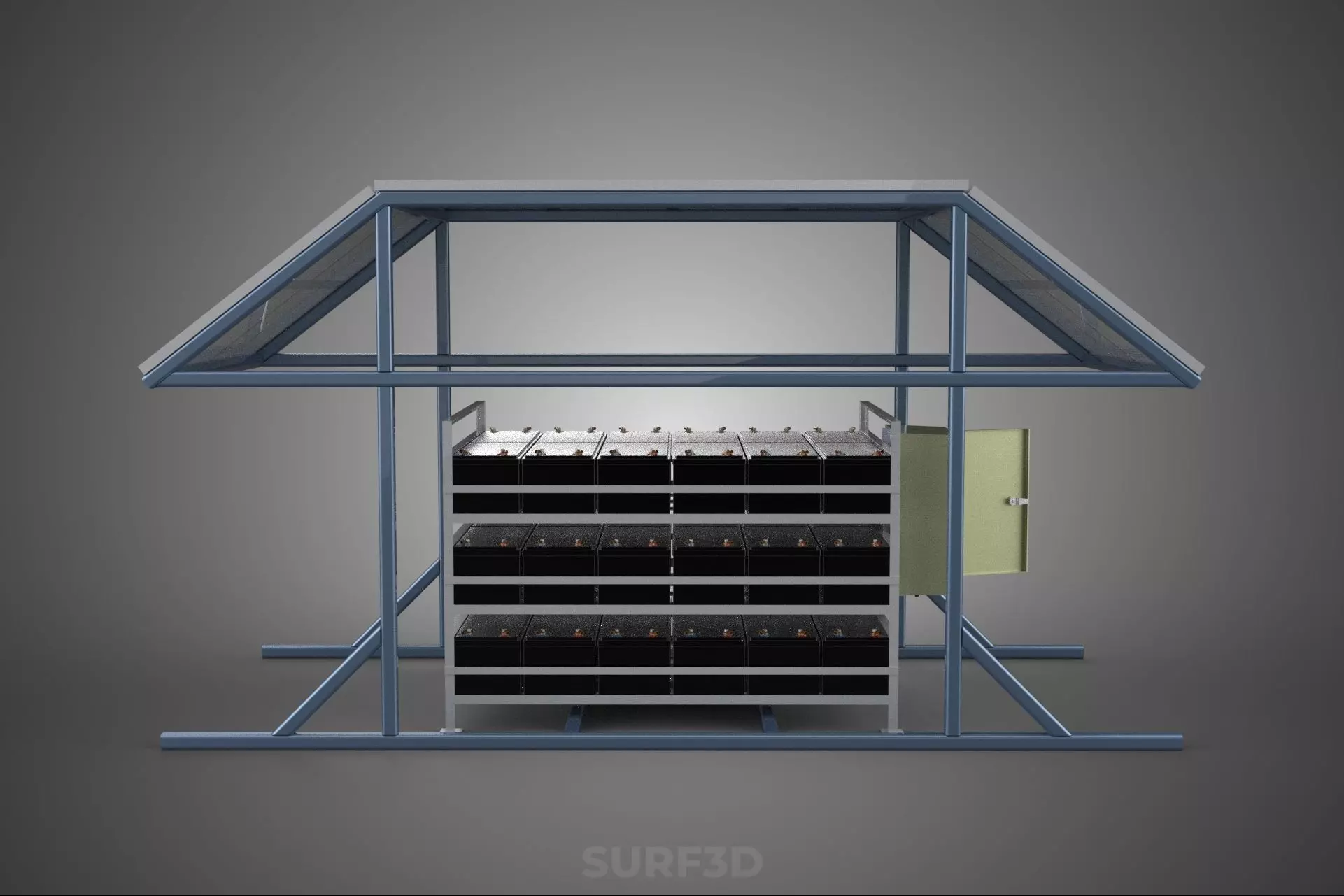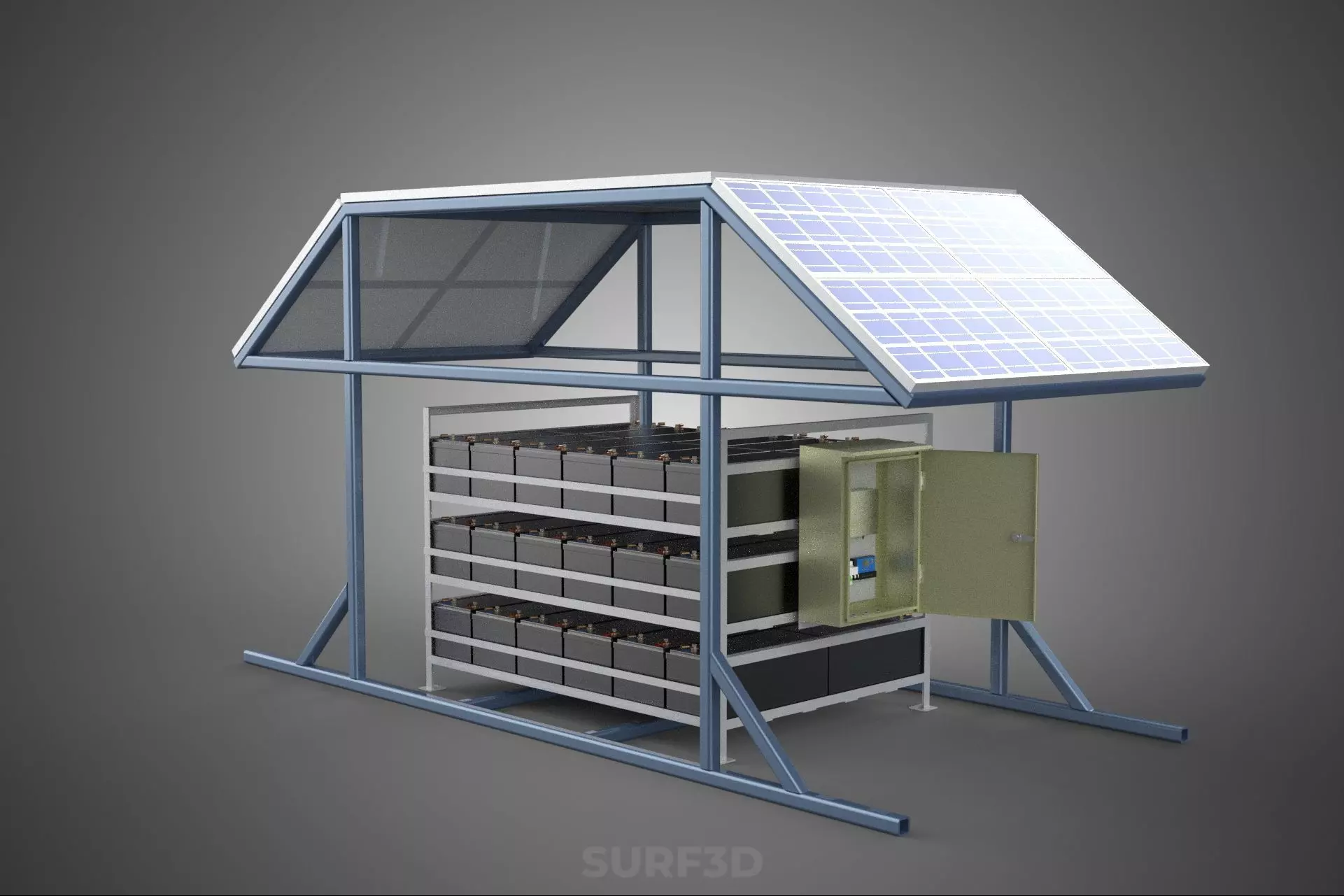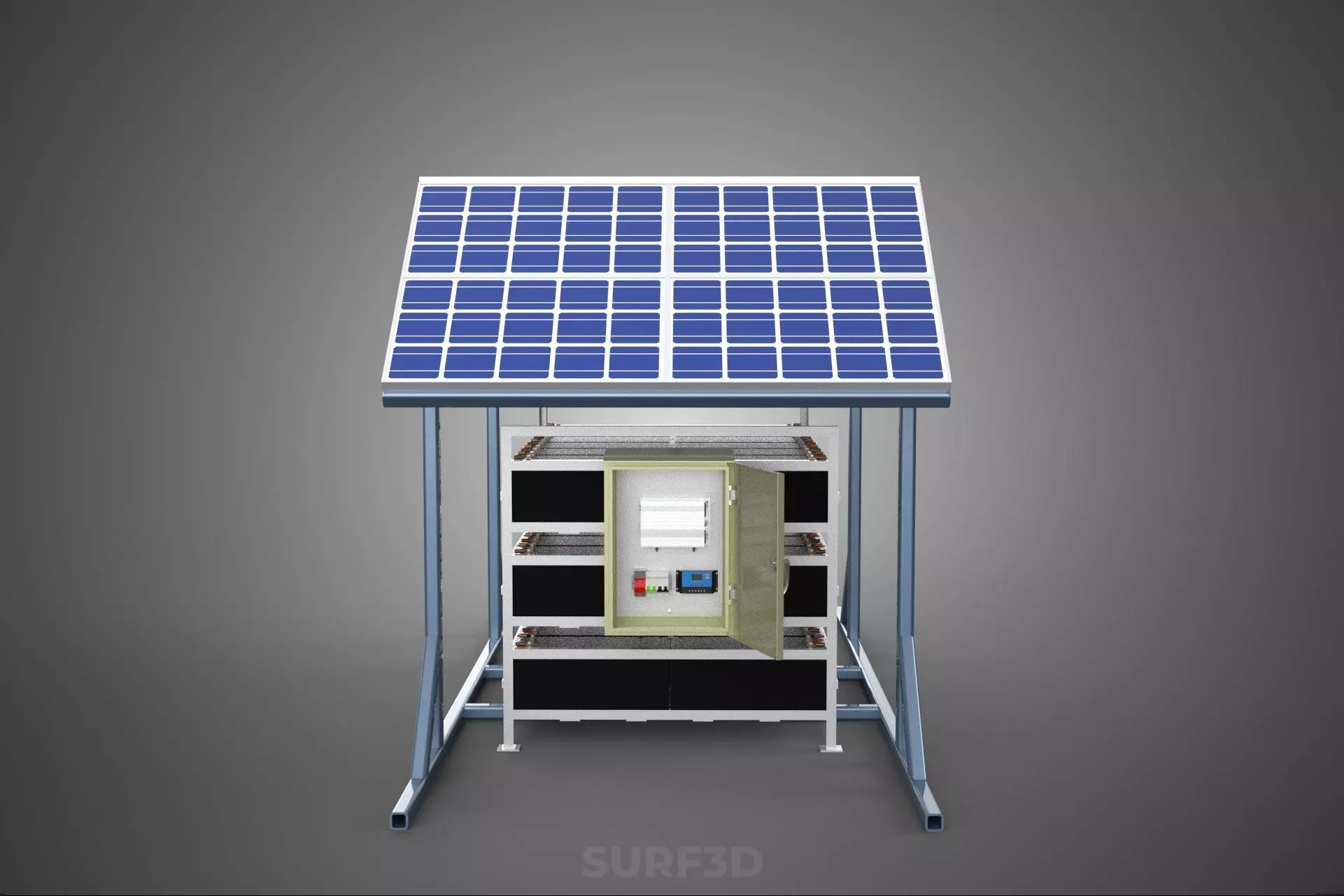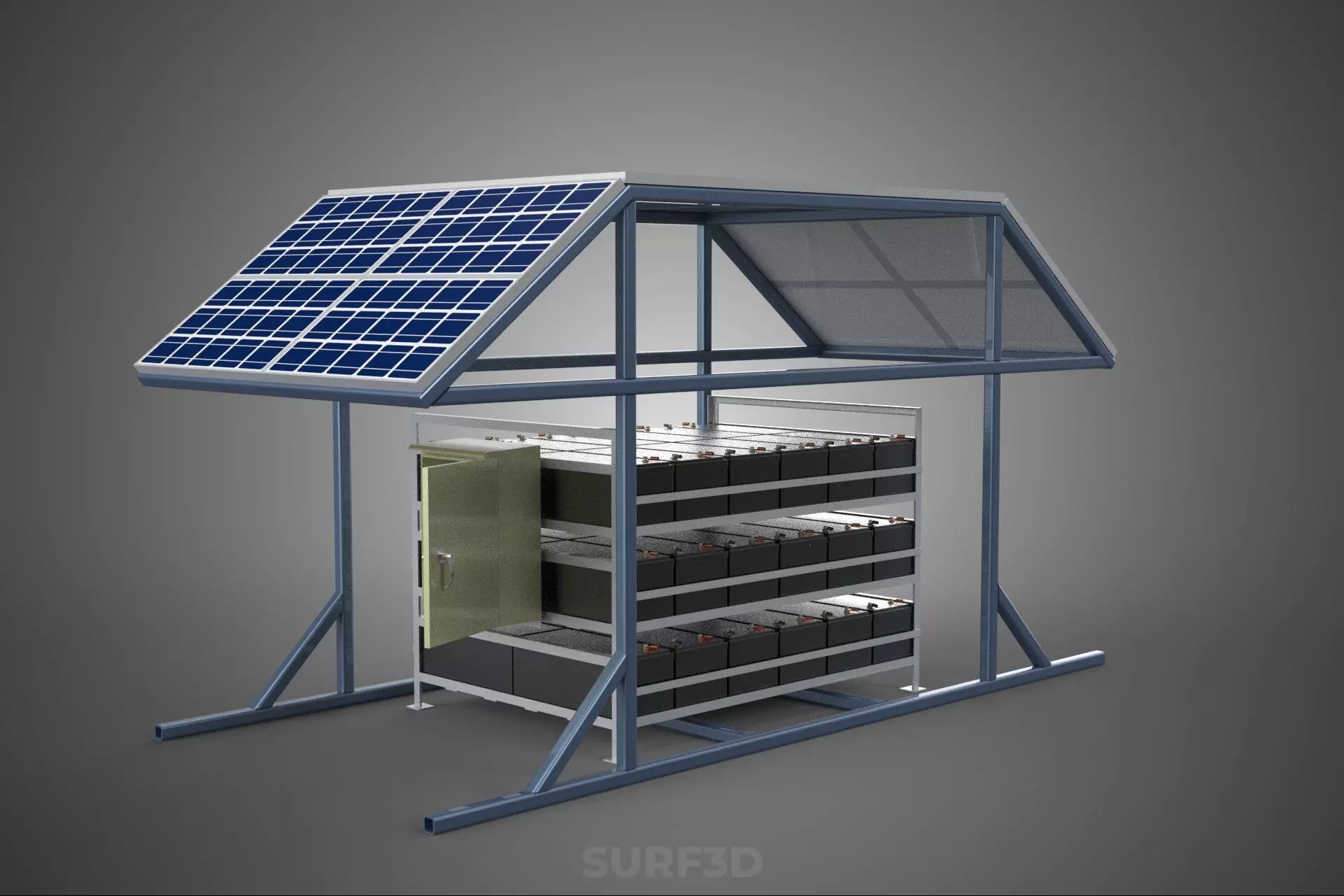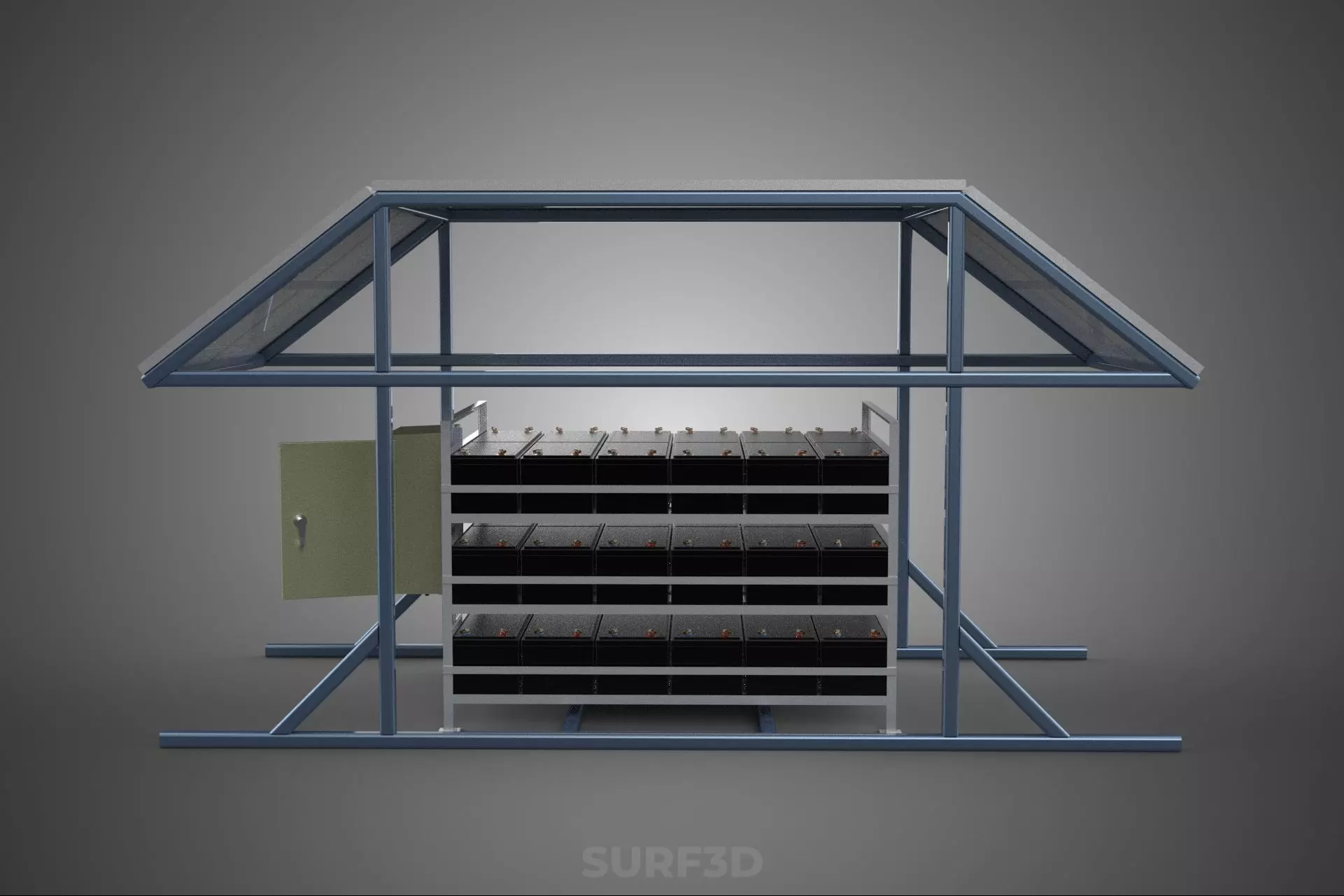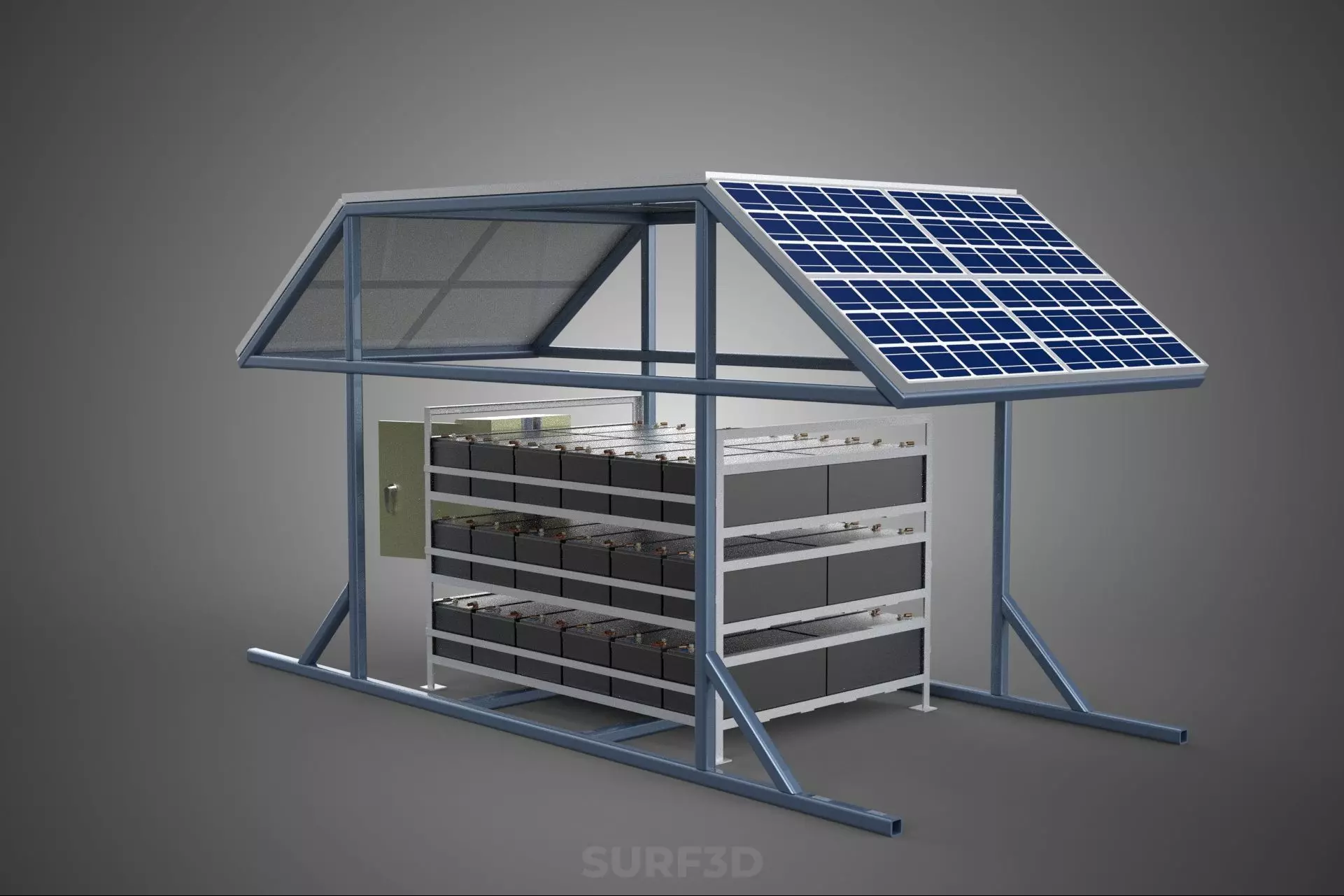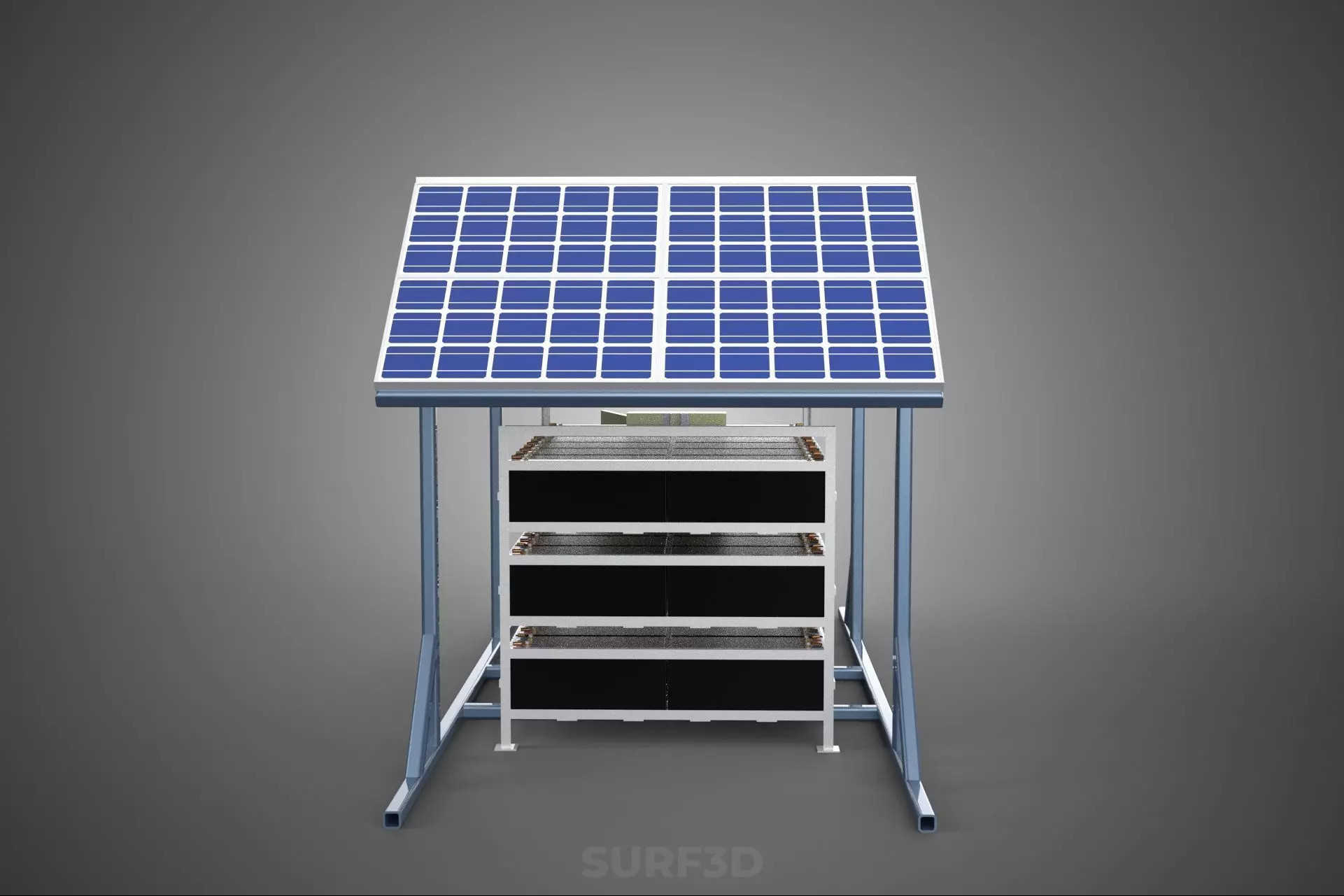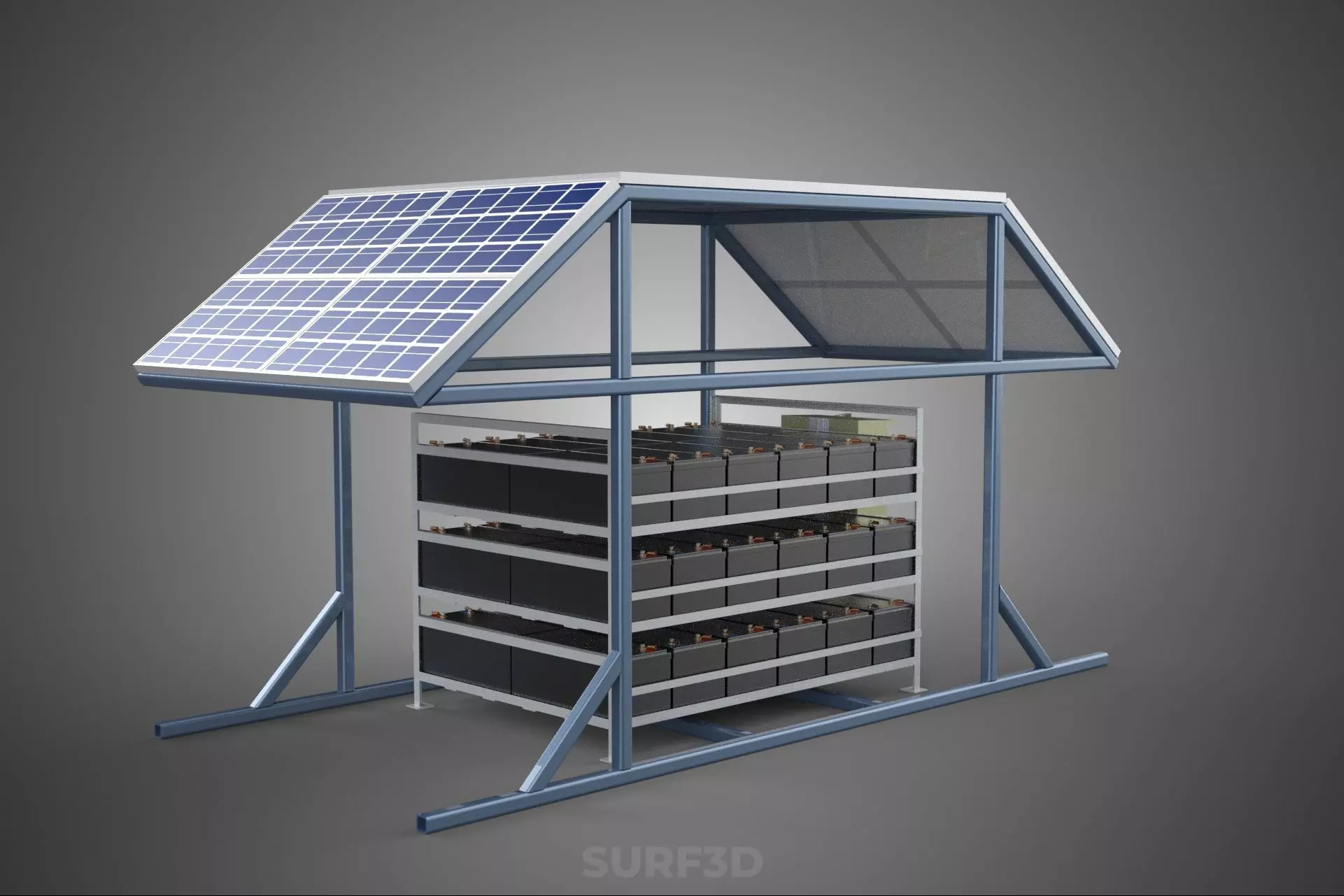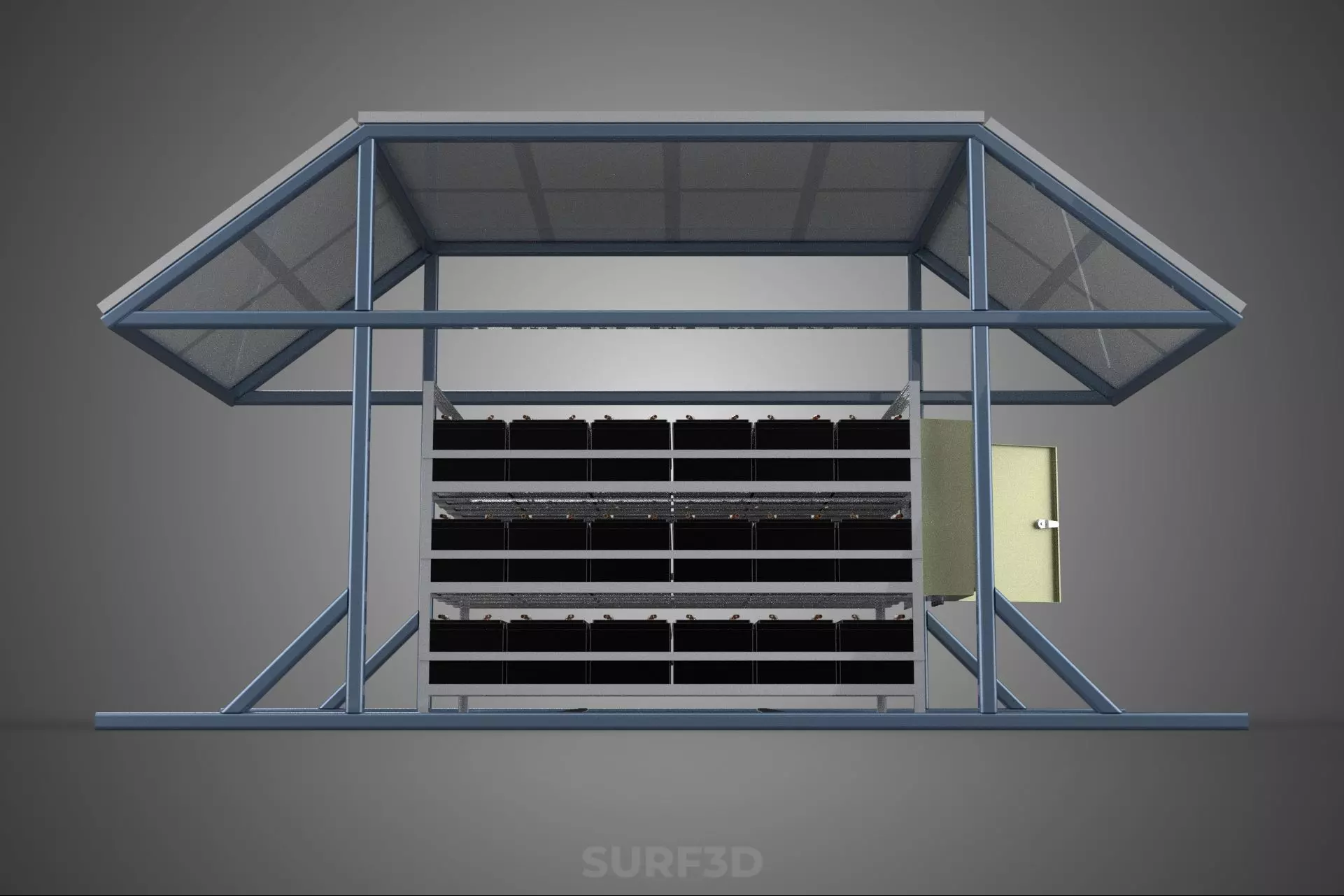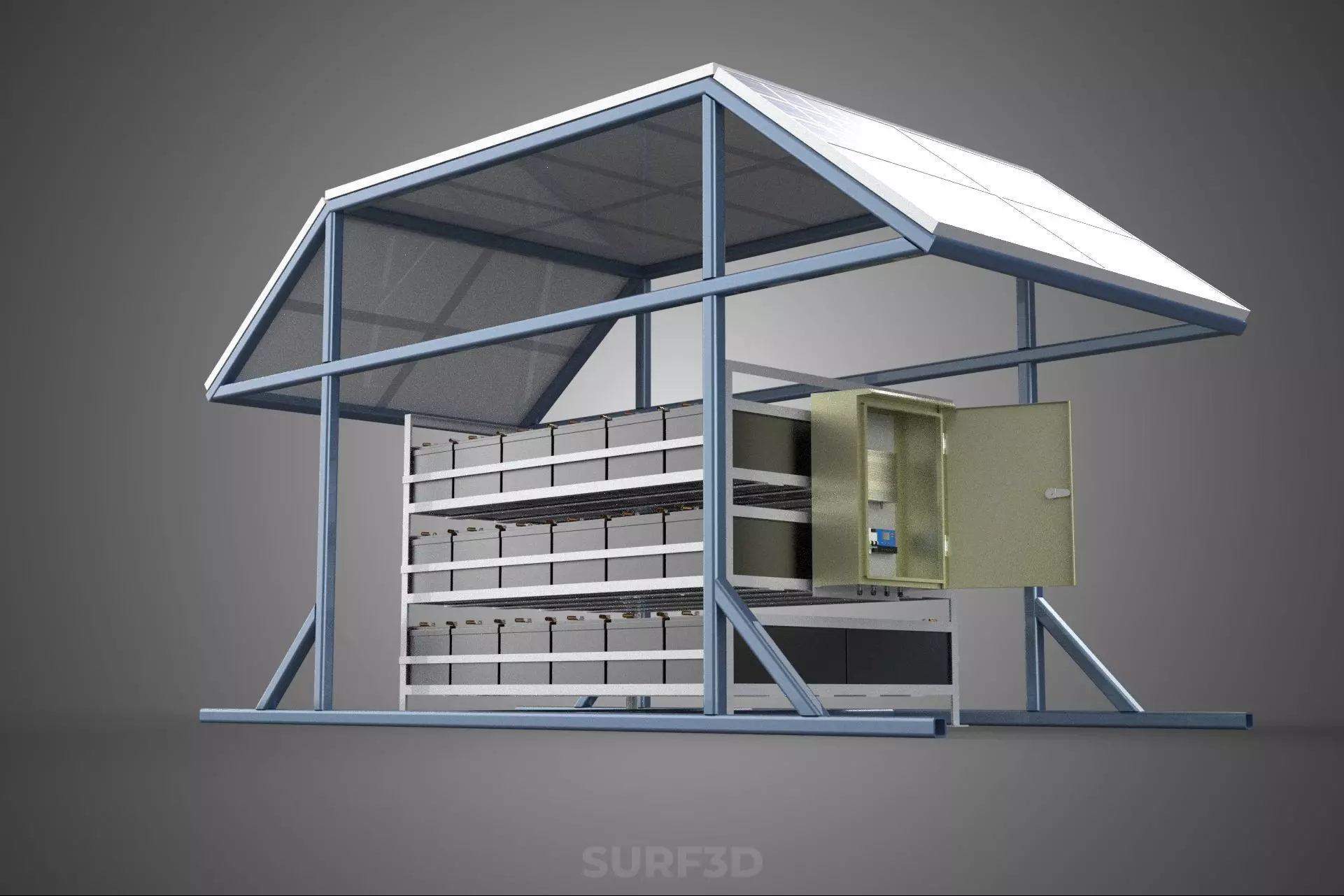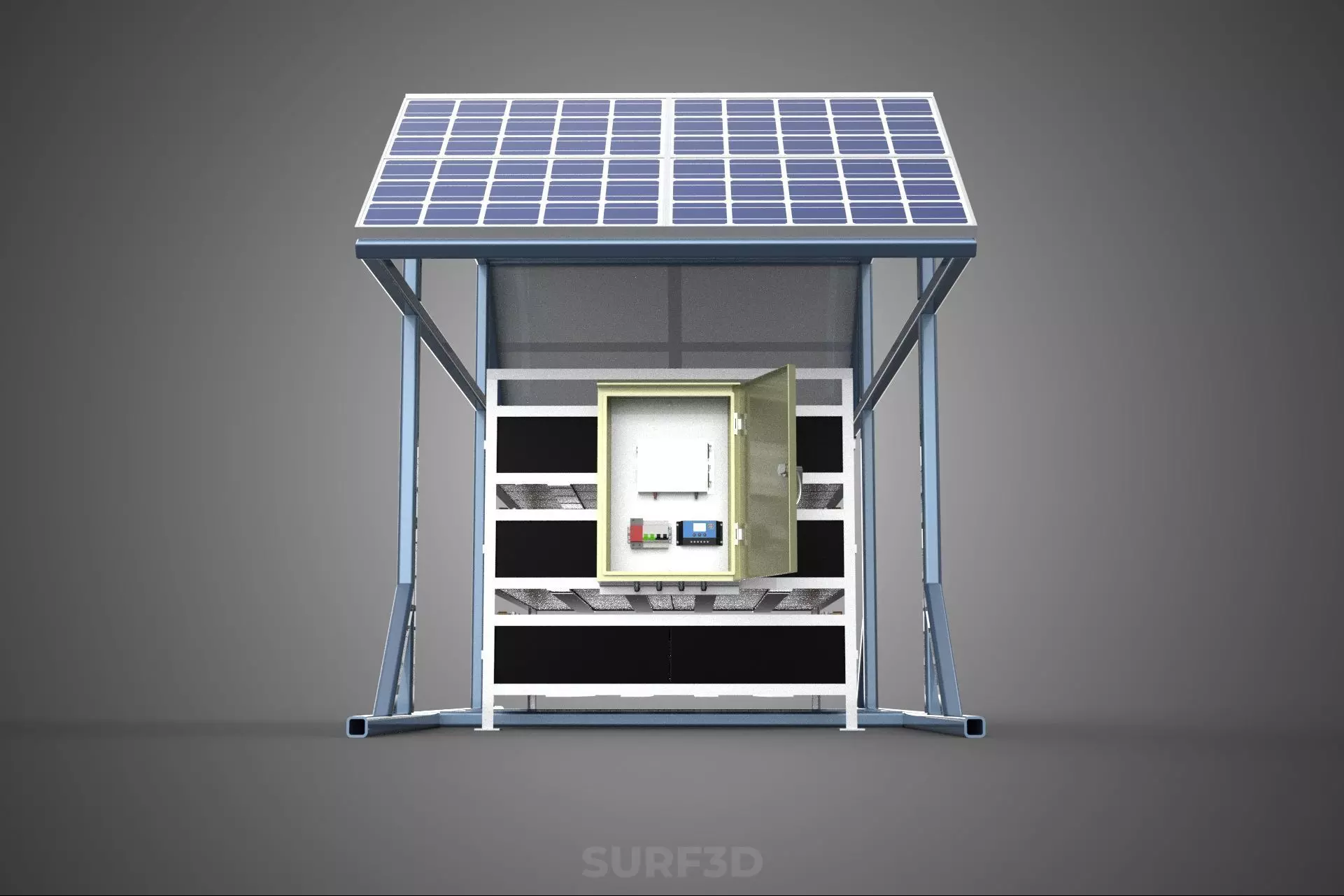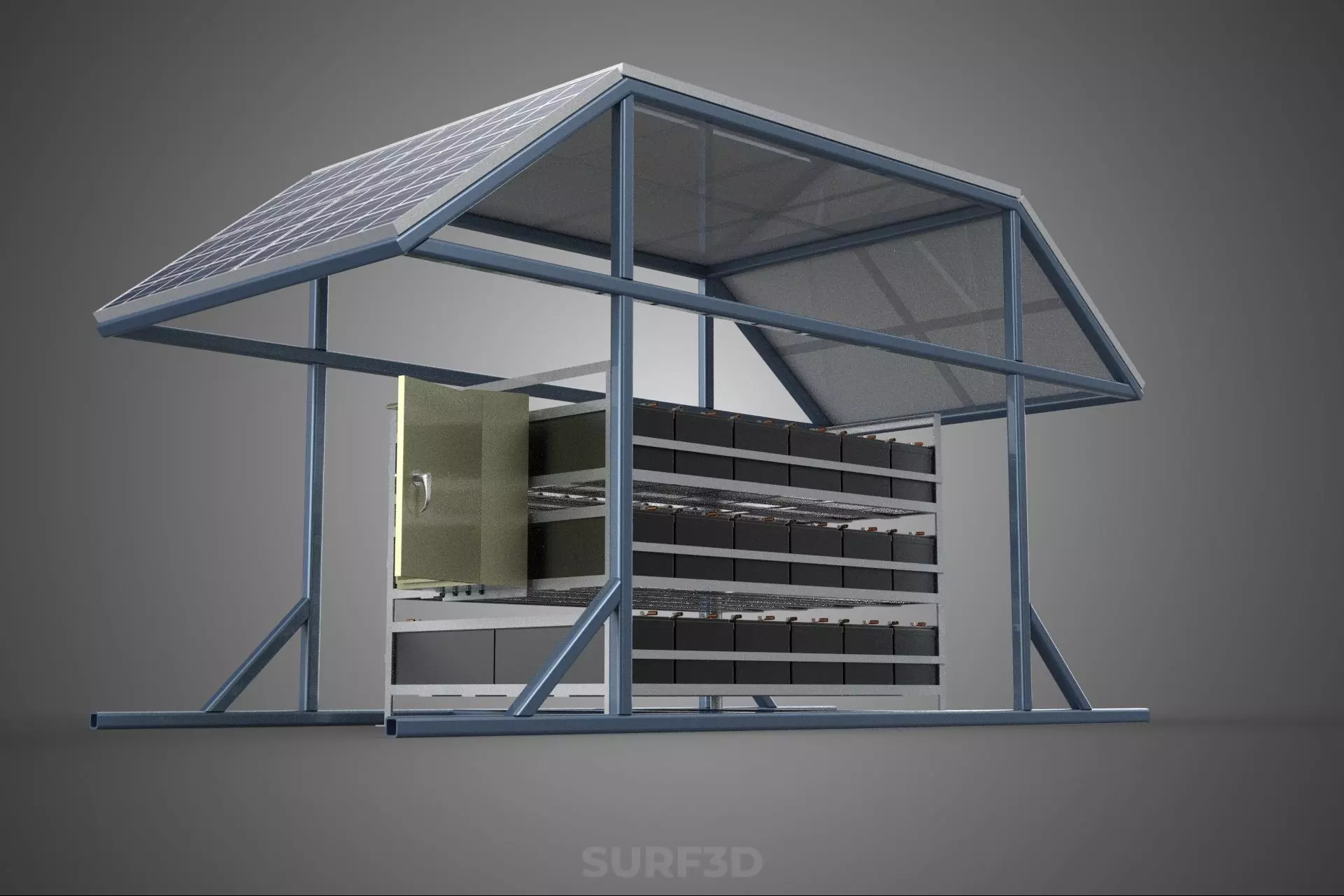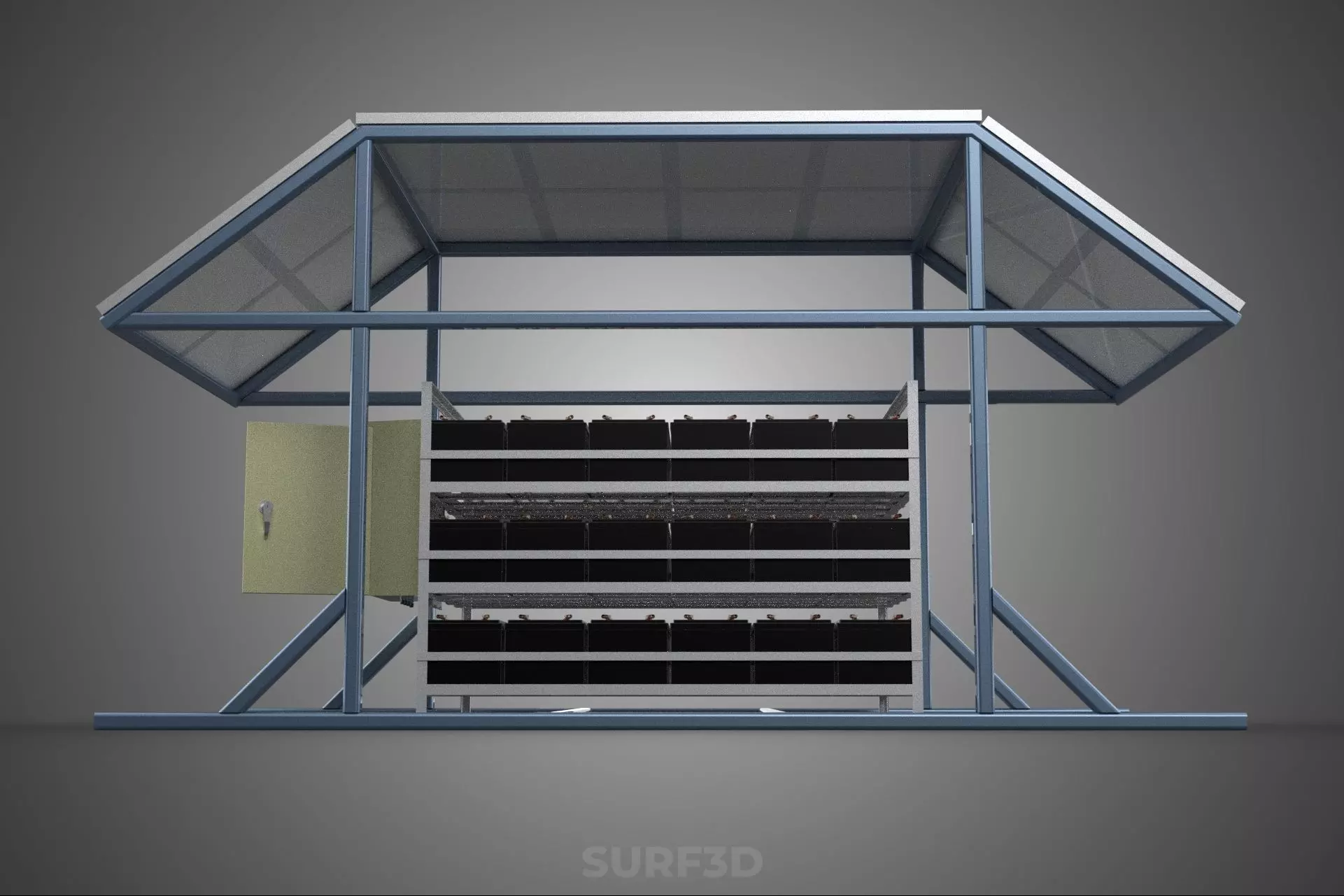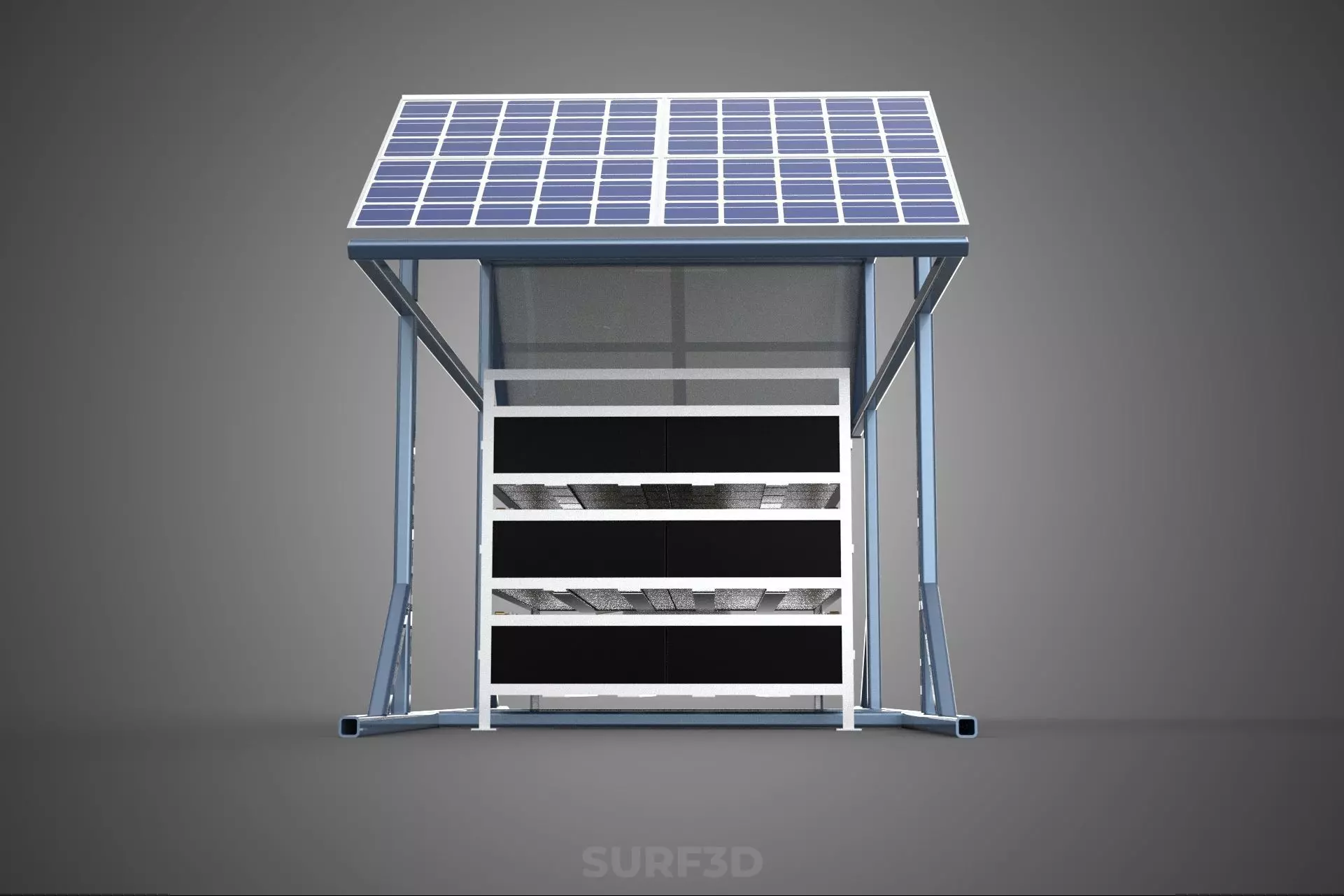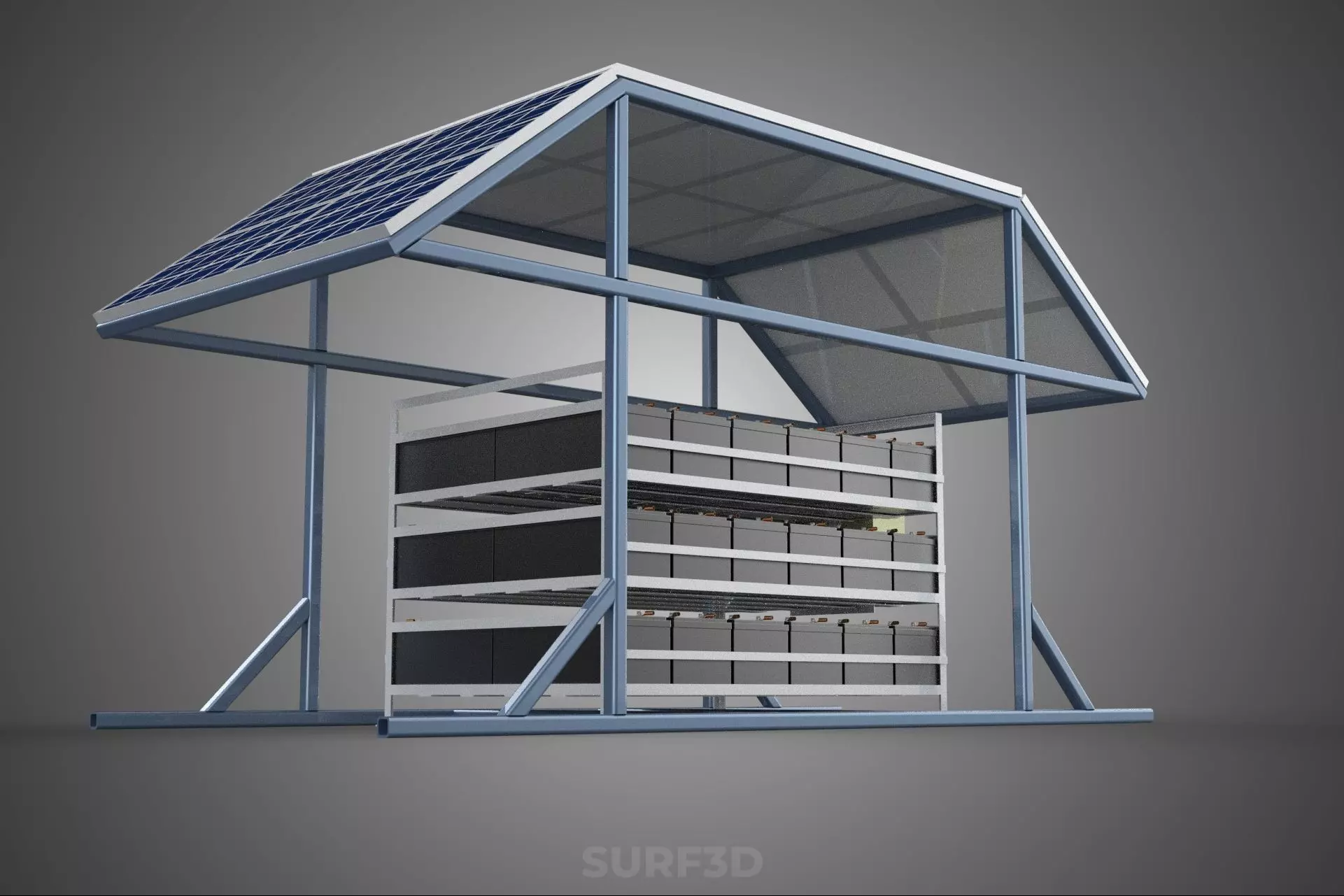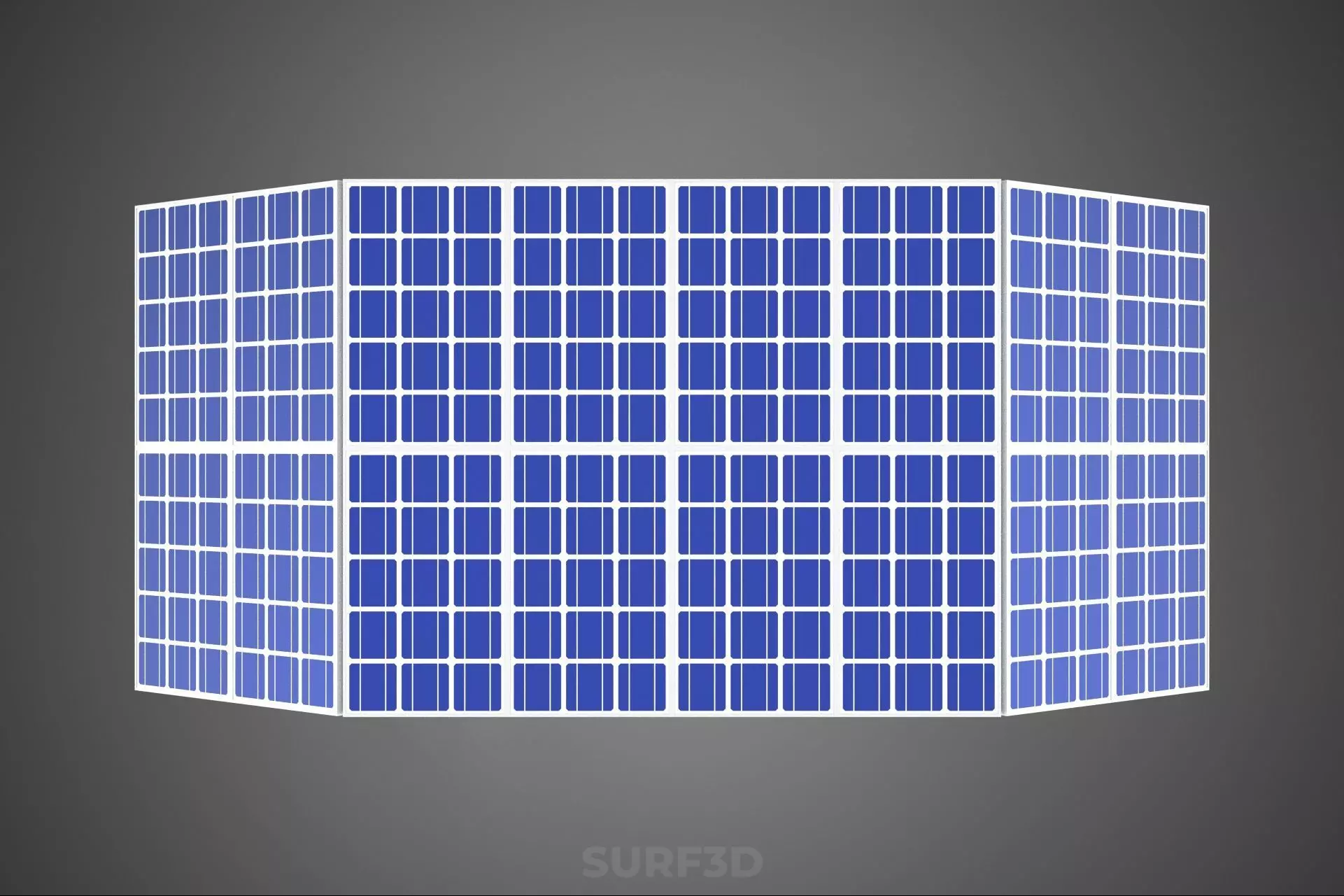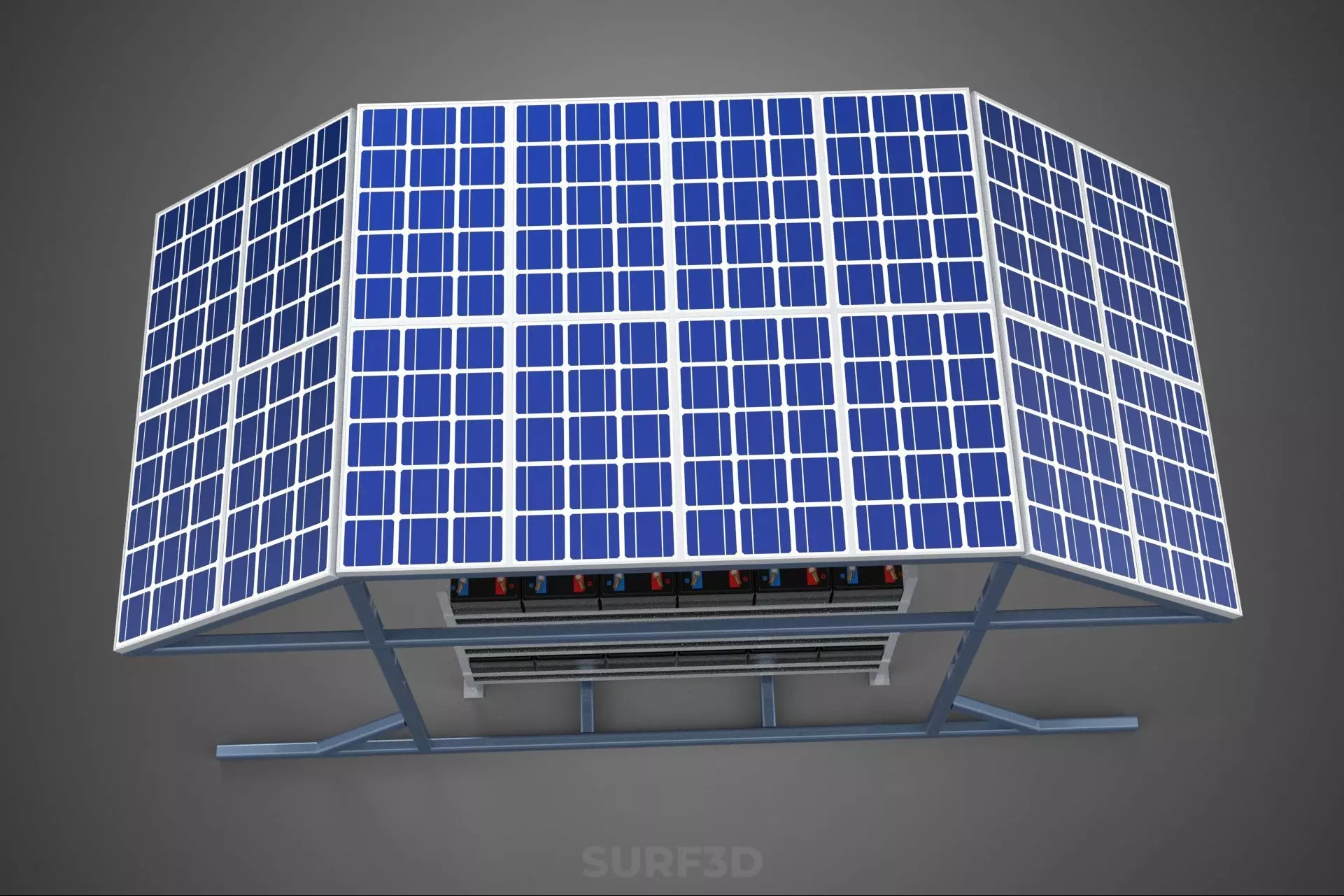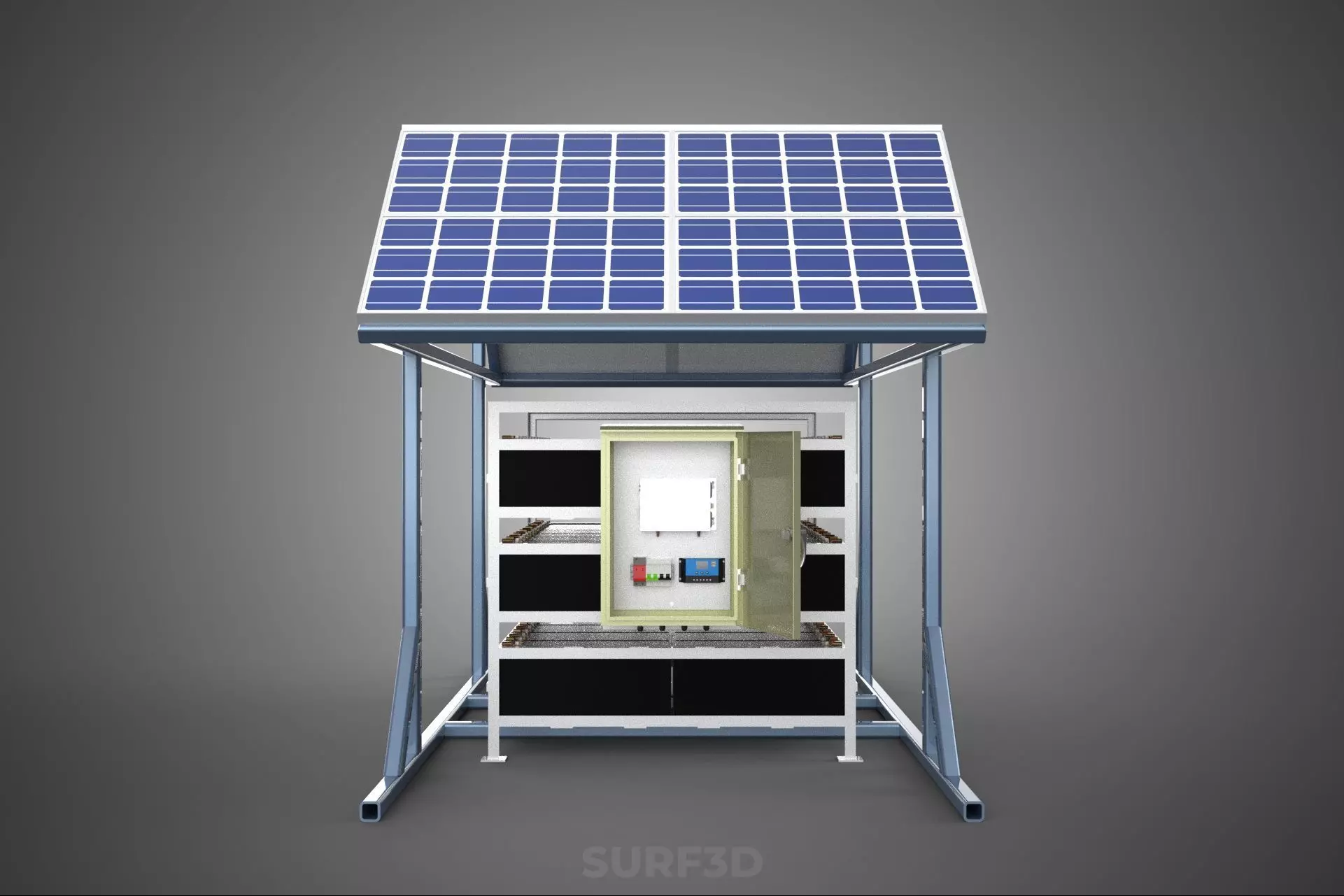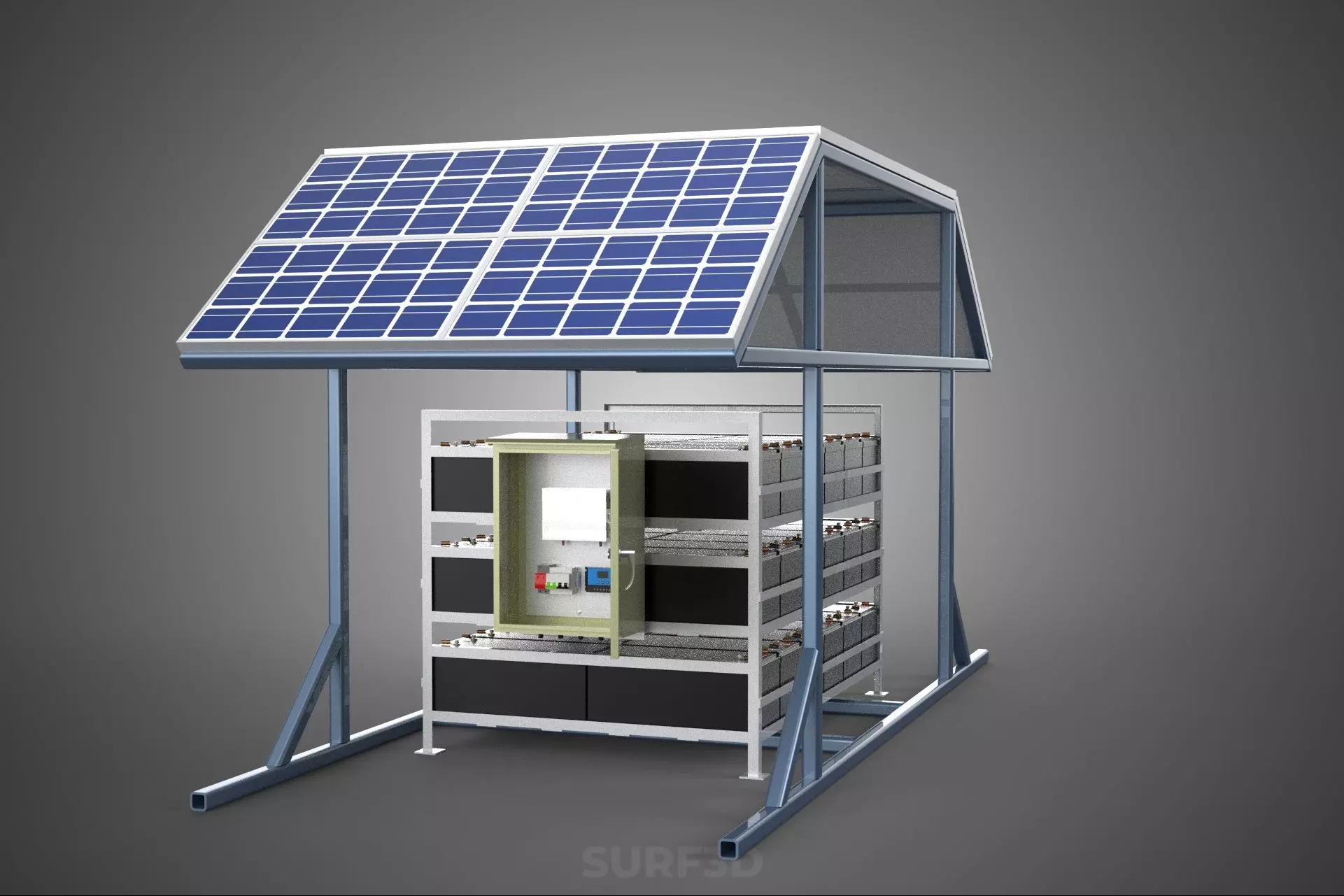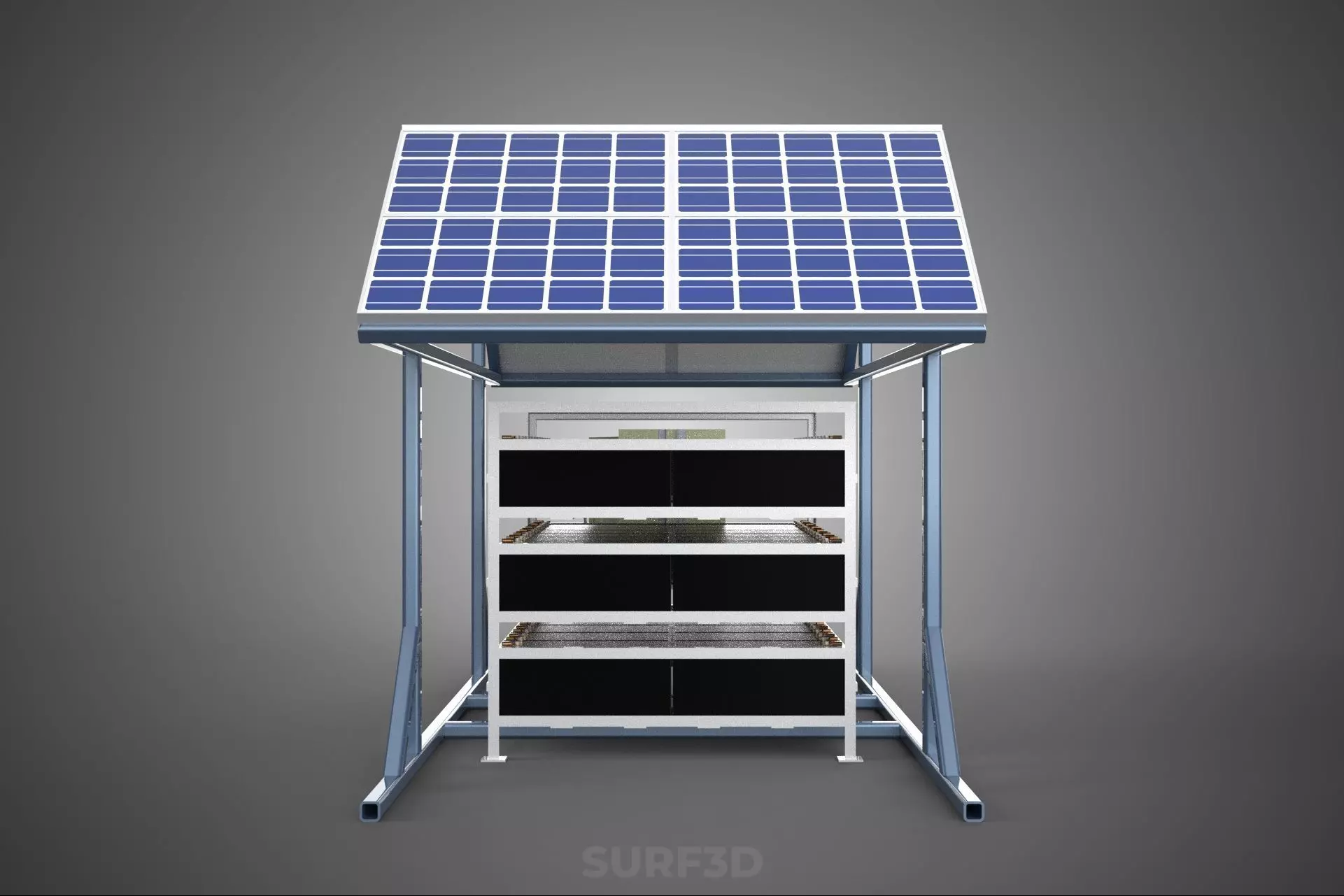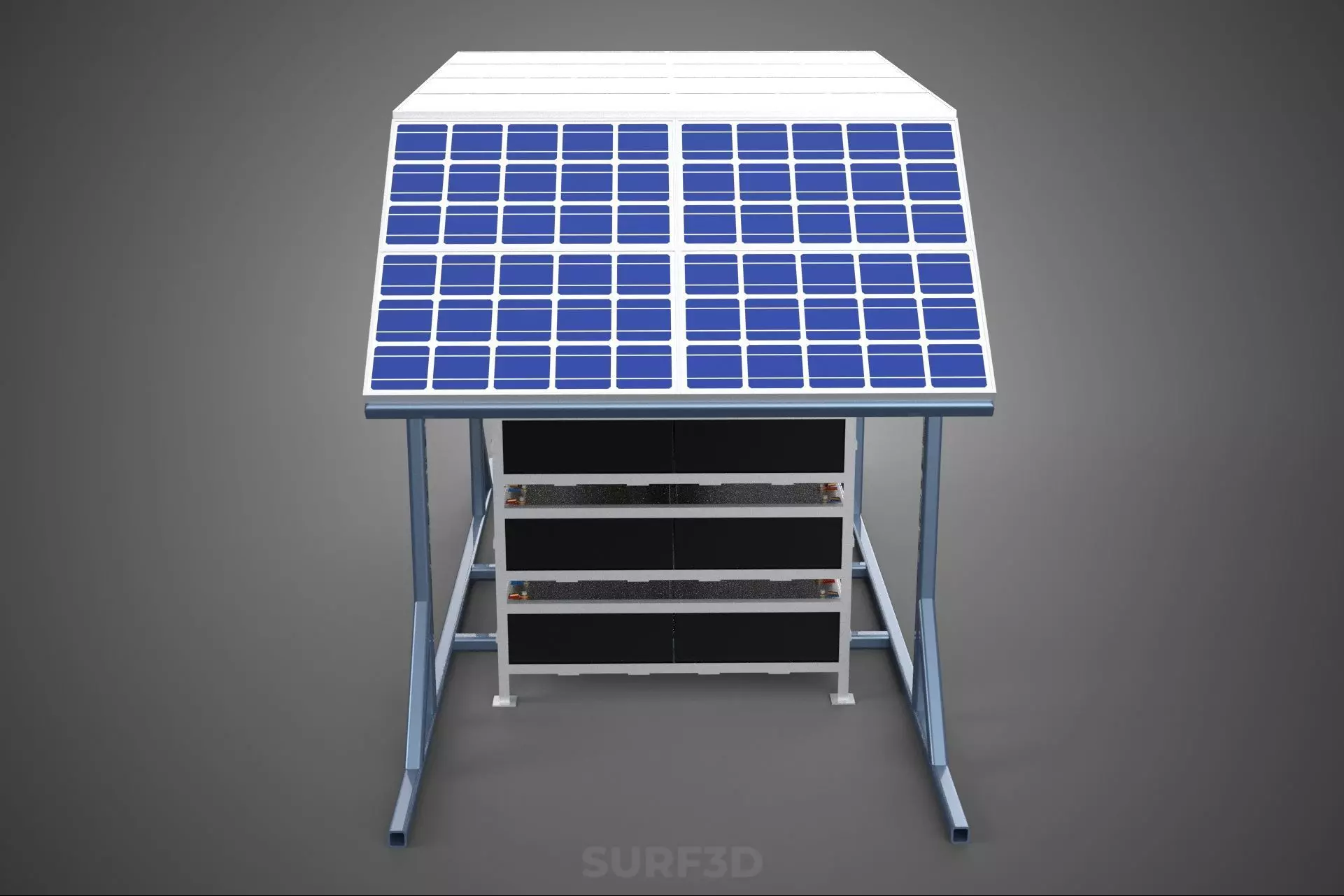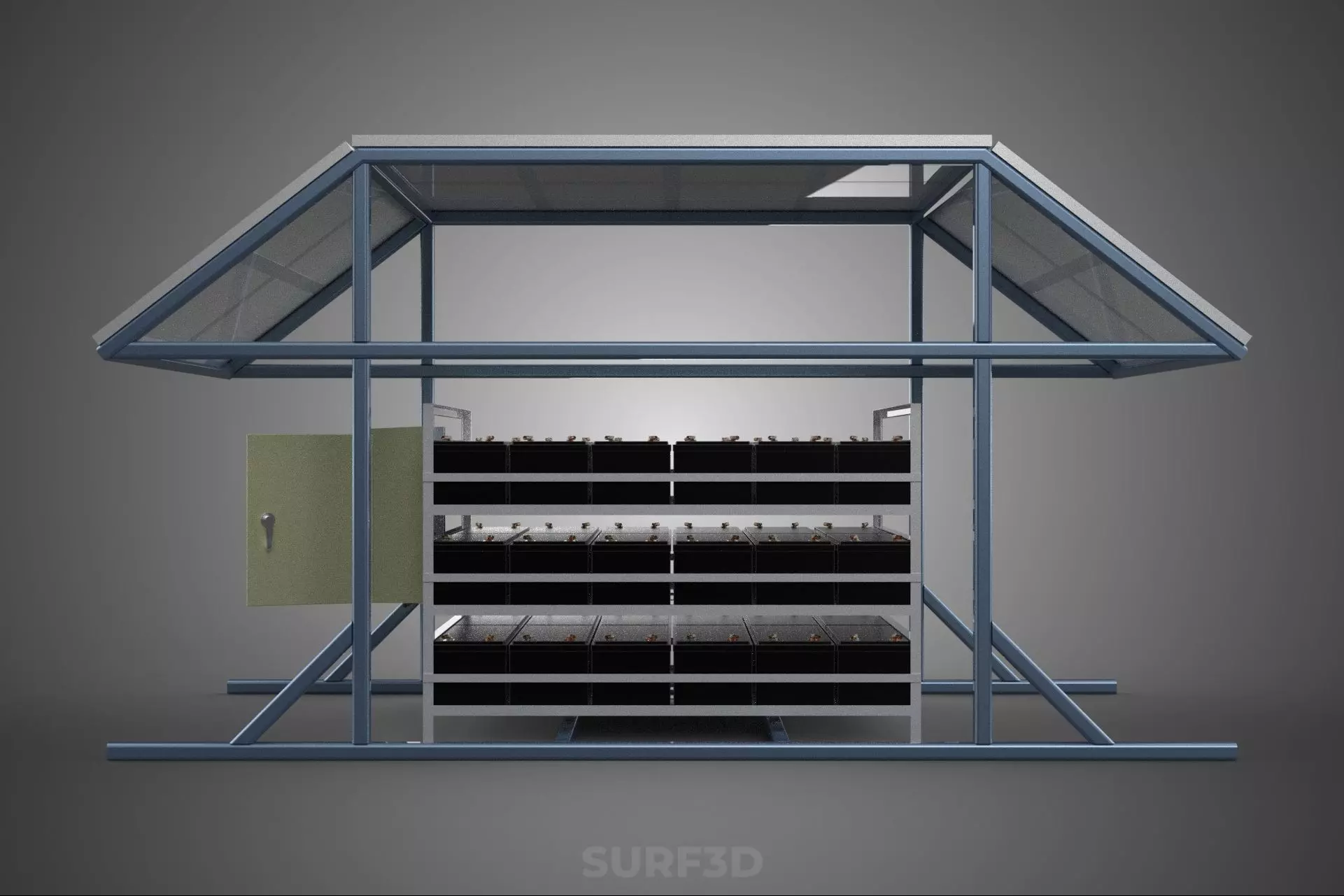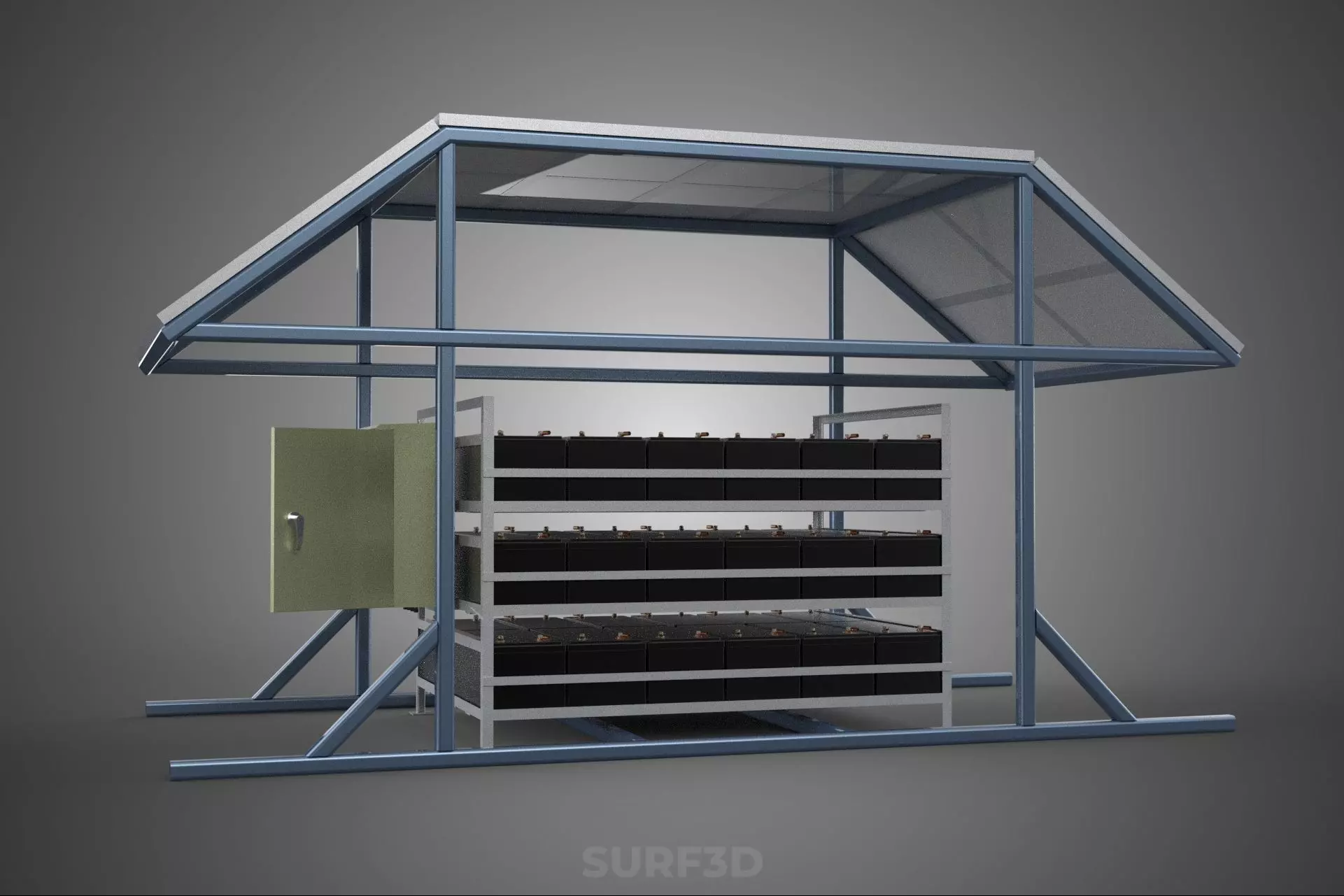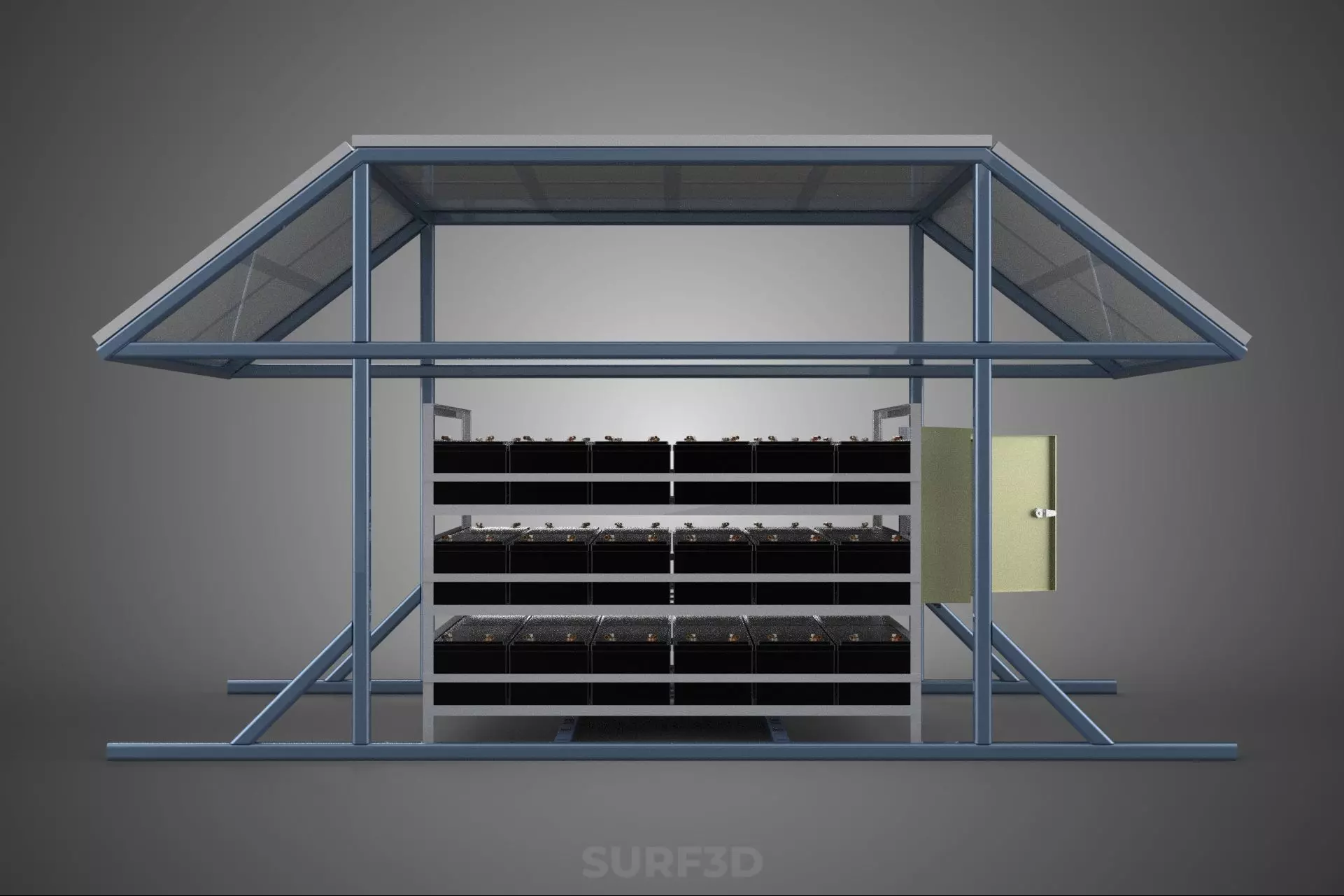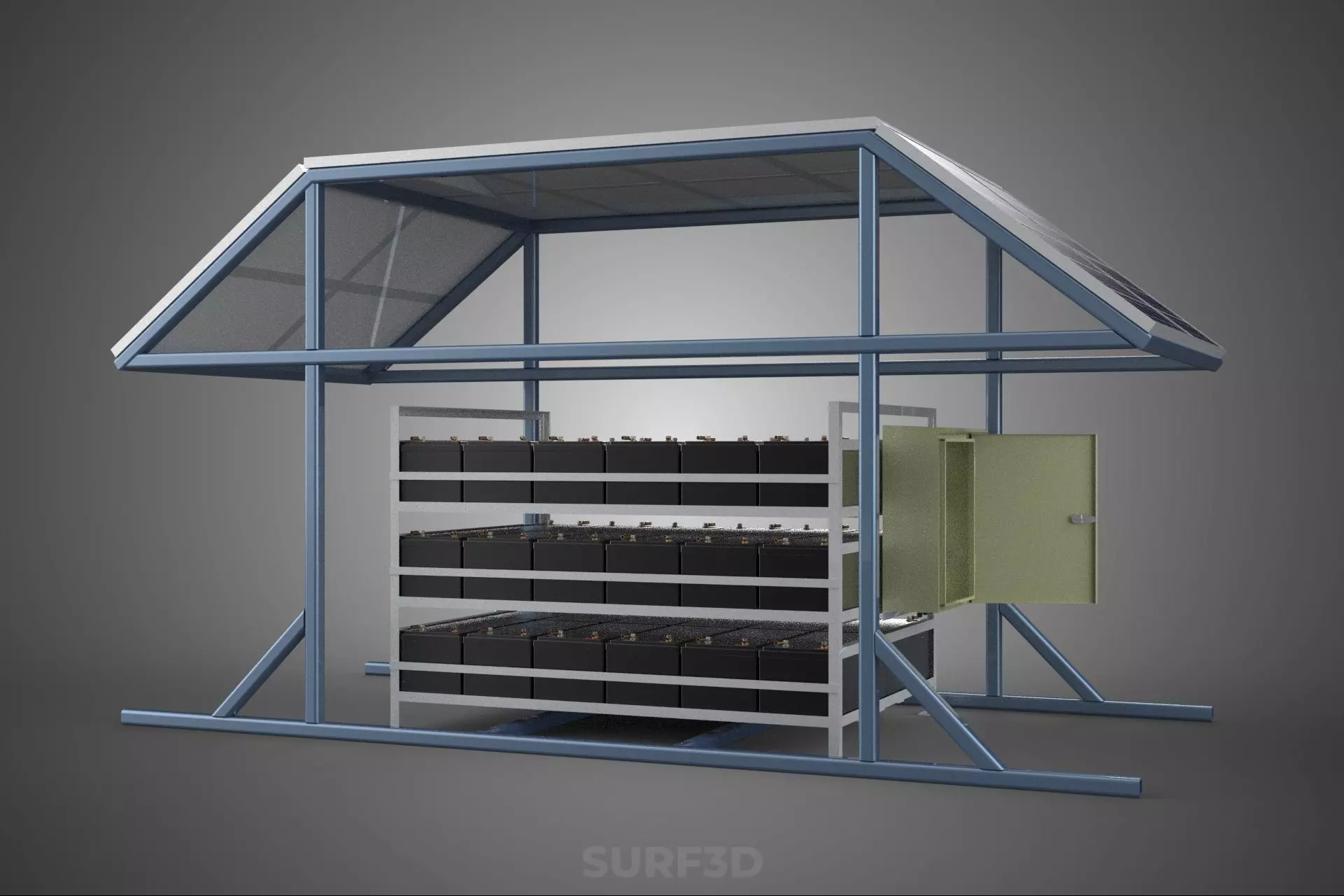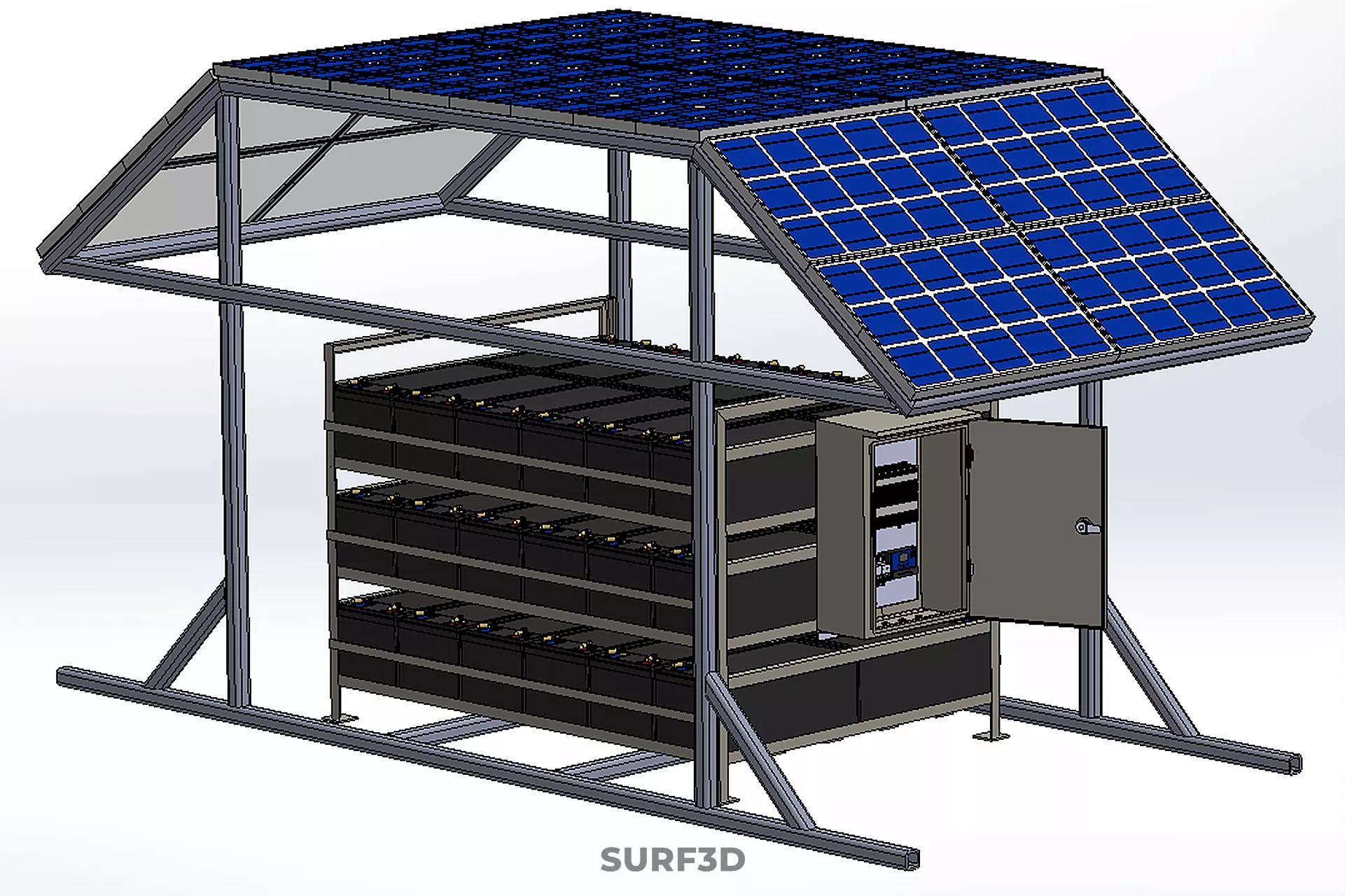
ENERGY POWER STATION SOLAR PANEL PV ARRAY RACK BATTERY BANK PACK 3D model
High-quality 3D assets at affordable prices — trusted by designers, engineers, and creators worldwide. Made with care to be versatile, accessible, and ready for your pipeline.
Included File Formats
This model is provided in 14 widely supported formats, ensuring maximum compatibility:
• - FBX (.fbx) – Standard format for most 3D software and pipelines
• - OBJ + MTL (.obj, .mtl) – Wavefront format, widely used and compatible
• - STL (.stl) – Exported mesh geometry; may be suitable for 3D printing with adjustments
• - STEP (.step, .stp) – CAD format using NURBS surfaces
• - IGES (.iges, .igs) – Common format for CAD/CAM and engineering workflows (NURBS)
• - SAT (.sat) – ACIS solid model format (NURBS)
• - DAE (.dae) – Collada format for 3D applications and animations
• - glTF (.glb) – Modern, lightweight format for web, AR, and real-time engines
• - 3DS (.3ds) – Legacy format with broad software support
• - 3ds Max (.max) – Provided for 3ds Max users
• - Blender (.blend) – Provided for Blender users
• - SketchUp (.skp) – Compatible with all SketchUp versions
• - AutoCAD (.dwg) – Suitable for technical and architectural workflows
• - Rhino (.3dm) – Provided for Rhino users
Model Info
• - All files are checked and tested for integrity and correct content
• - Geometry uses real-world scale; model resolution varies depending on the product (high or low poly)
• • - Scene setup and mesh structure may vary depending on model complexity
• - Rendered using Luxion KeyShot
• - Affordable price with professional detailing
Buy with confidence. Quality and compatibility guaranteed.
If you have any questions about the file formats, feel free to send us a message — we're happy to assist you!
Sincerely,
SURF3D
Trusted source for professional and affordable 3D models.
More Information About 3D Model :
An Energy Power Station Solar Panel PV Array Rack Battery Bank Pack describes a comprehensive, integrated system designed for the generation, mounting, and storage of electrical energy derived from solar radiation. Such a facility, often referred to as a grid-tied or off-grid photovoltaic (PV) power station with energy storage, serves to convert sunlight directly into direct current (DC) electricity, condition it, and either feed it into an electrical grid or store it for later use. This system represents a significant component of modern renewable energy infrastructure.
Core Components Overview:
The fundamental elements of this system include: photovoltaic panels (solar panels) for energy conversion; a PV array, which is an assembly of these panels; a mounting rack system providing structural support; and a battery bank or pack for energy storage, typically coupled with power conditioning equipment like inverters and charge controllers.
Detailed Breakdown of Components:
1. Solar Panels (Photovoltaic Modules):
These are the primary units responsible for the photovoltaic effect, converting solar irradiance into DC electricity. Each panel consists of multiple photovoltaic cells, commonly made from crystalline silicon (monocrystalline or polycrystalline) or thin-film materials. When photons from sunlight strike the semiconductor material, they dislodge electrons, creating an electrical current. Panels are characterized by their power output (watts), voltage, and current ratings.
2. PV Array:
A PV array is an interconnected assembly of multiple solar panels. Panels are wired in series to increase voltage and in parallel to increase current, thereby achieving the desired electrical output (voltage and amperage) for the system. The overall power capacity of the power station is determined by the cumulative output of its PV arrays. These arrays generate DC power, which must be converted to alternating current (AC) by an inverter for most grid applications or AC loads.
3. Mounting Rack System:
The mounting rack system provides the structural framework that securely holds the solar panels or PV arrays in place. Its design is crucial for optimizing energy capture by ensuring the correct tilt angle and orientation relative to the sun. Racks are typically constructed from durable, corrosion-resistant materials such as aluminum, galvanized steel, or stainless steel. Common types include fixed-tilt systems, which offer a static optimal angle, and solar tracking systems (single-axis or dual-axis), which actively adjust the array's position to follow the sun's path, maximizing energy production throughout the day. Ground-mounted, rooftop, and carport structures are common configurations.
4. Battery Bank / Energy Storage Pack:
The battery bank, often referred to as an energy storage pack or system (ESS), is a critical component for storing electrical energy generated by the PV arrays. This stored energy can be utilized during periods of low or no solar generation (e.g., at night, on cloudy days), to meet peak demand, or to provide backup power during grid outages. Key battery technologies employed include lead-acid (e.g., flooded, AGM, gel), lithium-ion (e.g., LiFePO4), and increasingly, advanced chemistries like flow batteries. A battery bank comprises multiple individual battery cells or modules connected in series and/or parallel to achieve the required voltage and capacity (measured in kilowatt-hours, kWh). An essential element of a modern battery bank is the Battery Management System (BMS), which monitors and controls charge/discharge cycles, cell balancing, temperature, and overall health to ensure safety and extend lifespan. A charge controller typically regulates the flow of DC power from the PV array to the battery bank, preventing overcharging and deep discharging.
System Integration and Operation:
In an integrated power station, DC electricity from the PV array passes through a charge controller (if a battery bank is present) to protect the batteries. An inverter then converts the DC power into AC power. If the system includes storage, the inverter can draw power from the battery bank when solar generation is insufficient. Advanced systems often incorporate supervisory control and data acquisition (SCADA) or other monitoring systems to track performance, diagnose faults, and optimize energy flow. These power stations can operate in various modes:
- Off-grid: Completely independent of the utility grid, relying solely on solar generation and battery storage.
- Grid-tied with storage: Connected to the utility grid, allowing excess power to be exported and grid power to be imported, while batteries provide backup or load shifting capabilities.
Applications and Significance:
Such comprehensive solar power stations are deployed in a multitude of applications, from providing electricity to remote communities and industrial facilities to supporting grid stability and peak shaving in urban areas. They contribute significantly to reducing reliance on fossil fuels, lowering carbon emissions, and enhancing energy security and sustainability.
KEYWORDS: Solar Energy, Photovoltaic, PV Array, Energy Storage, Battery Bank, Lithium-ion, Lead-Acid, Mounting Rack, Solar Tracker, Inverter, Charge Controller, Renewable Energy, Off-Grid, Grid-Tied, Power Station, Energy Management, DC Power, AC Power, Sustainability, Carbon Emissions, Energy Security, Module, Cell, Balance of System, BMS, Kilowatt-hour, Ground Mount, Rooftop Mount, Microgrid, Solar Farm
